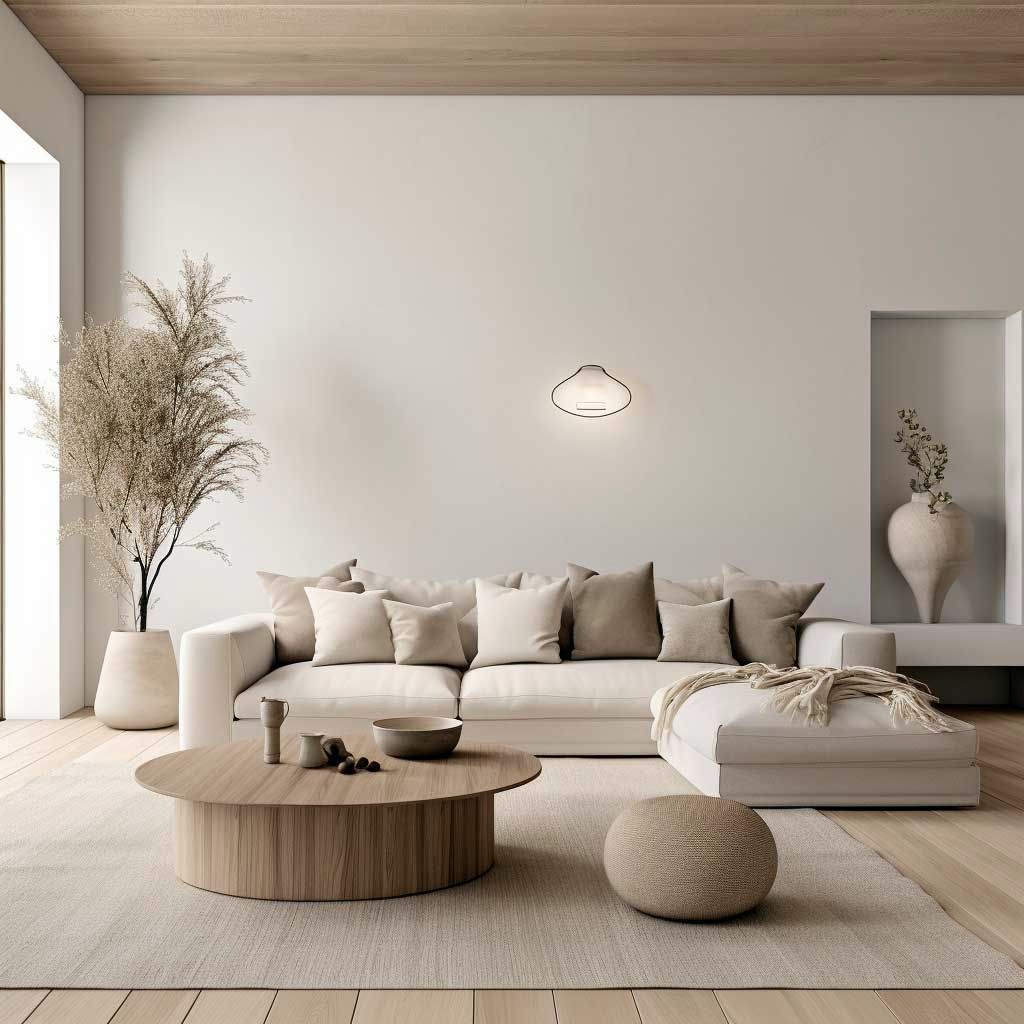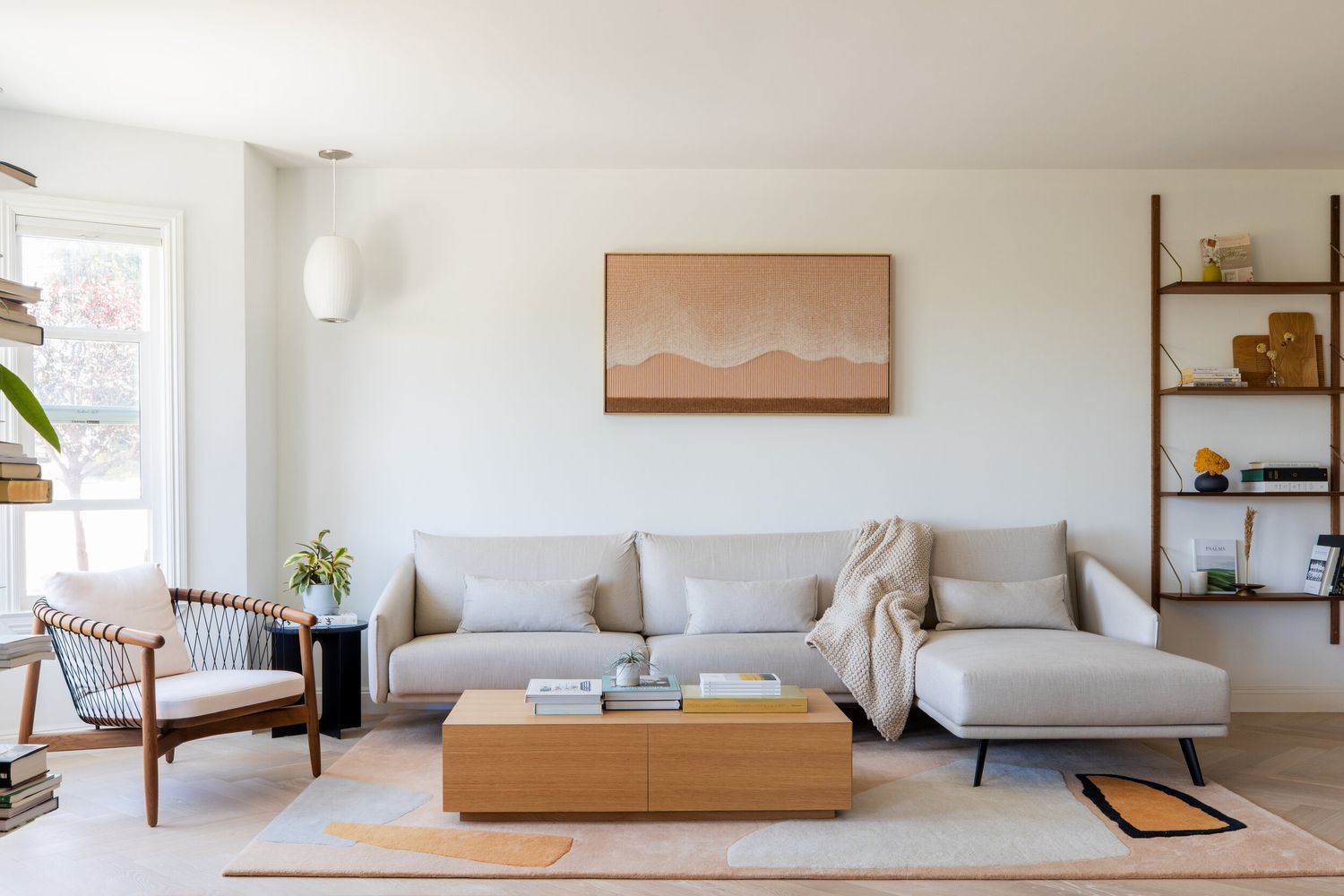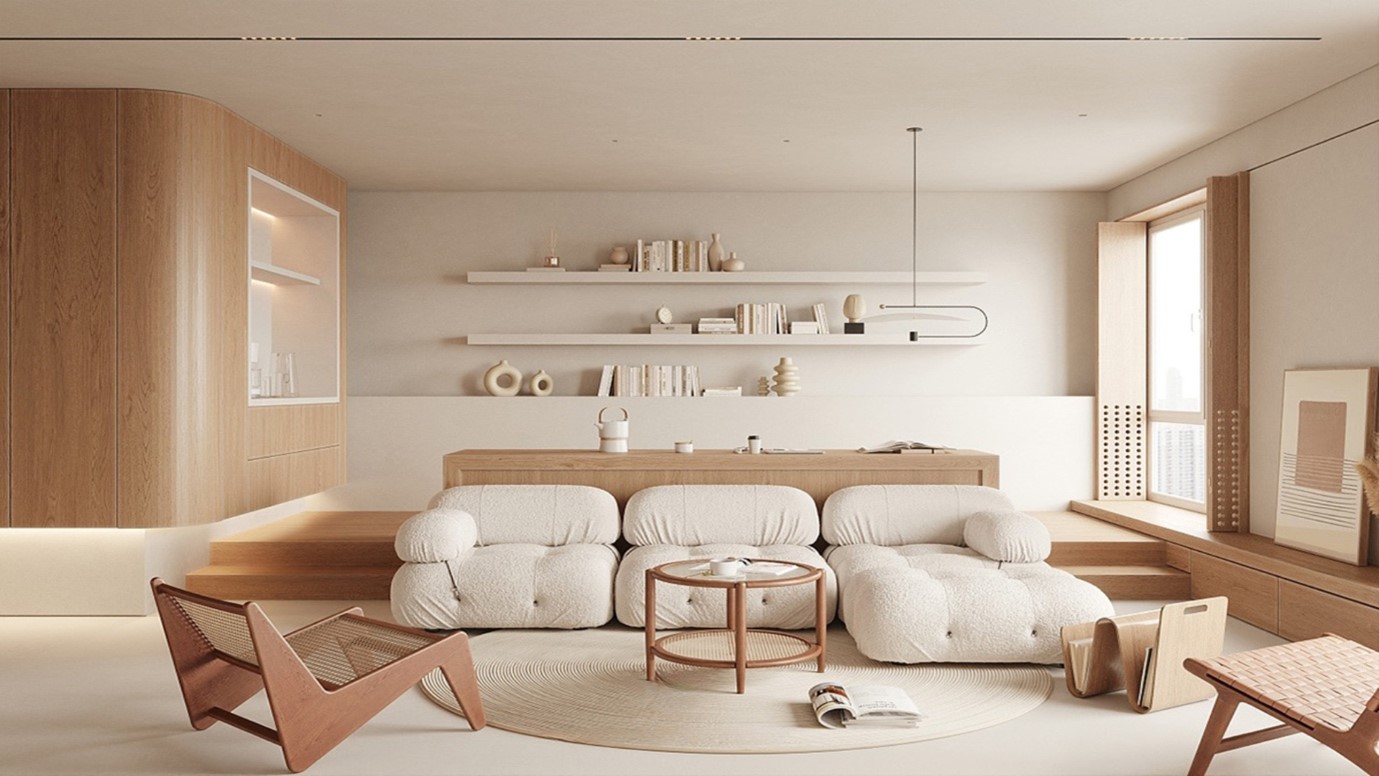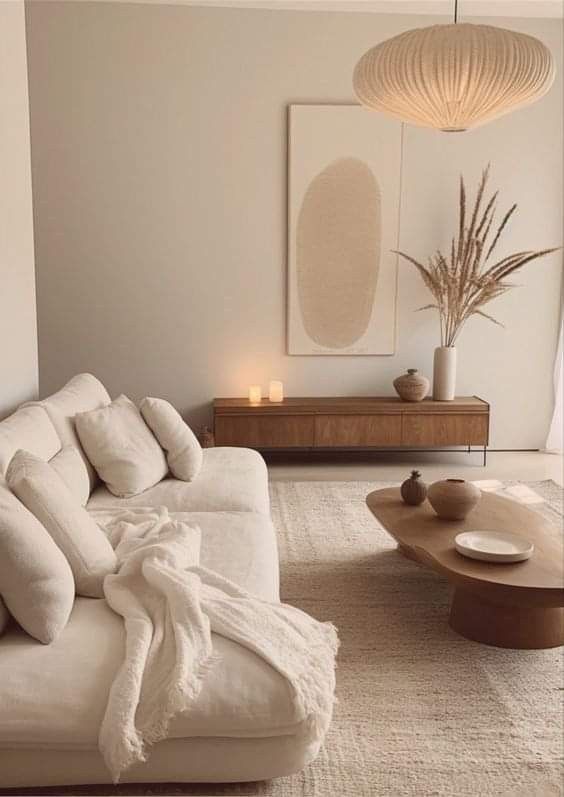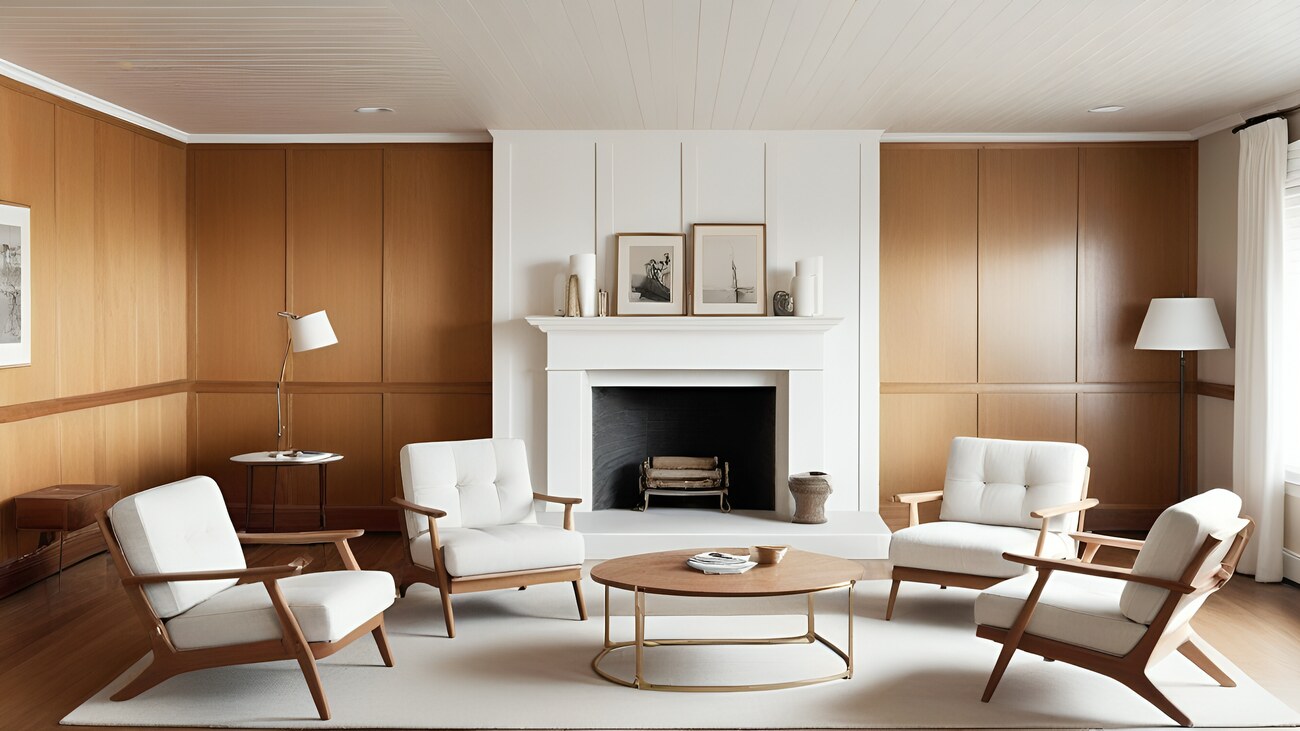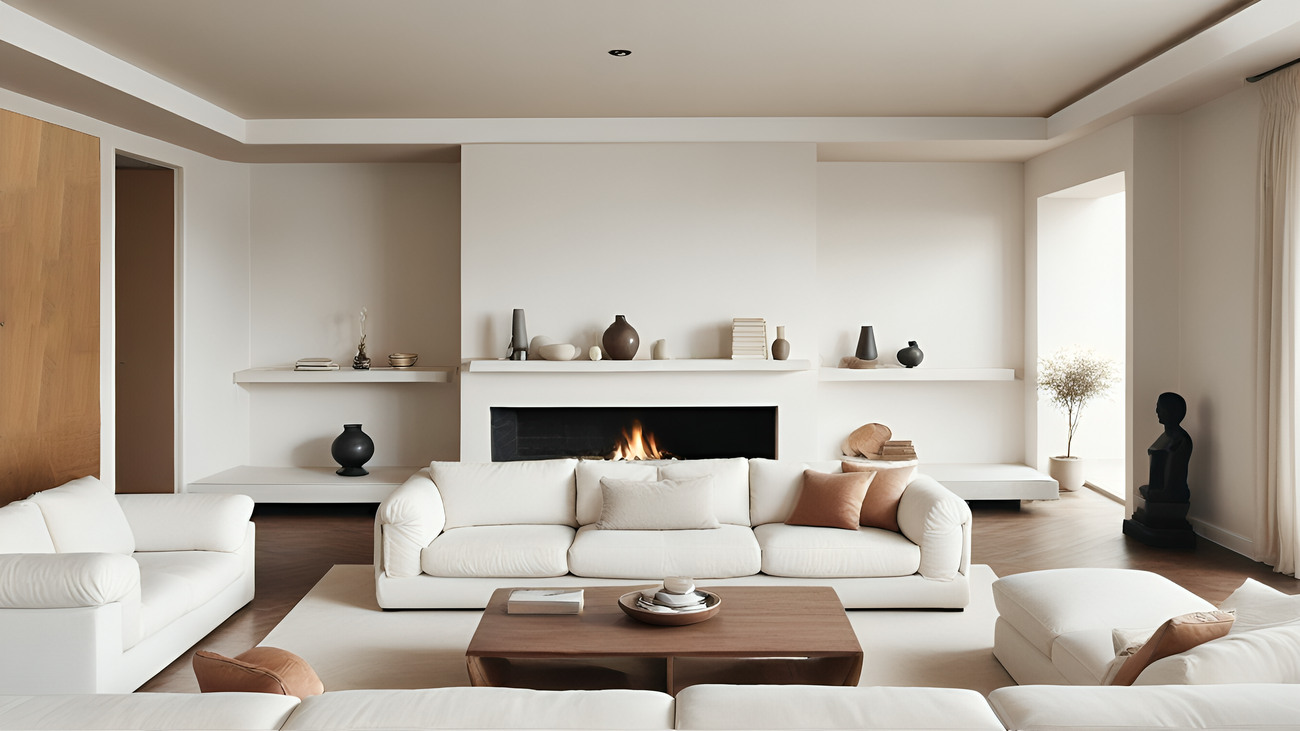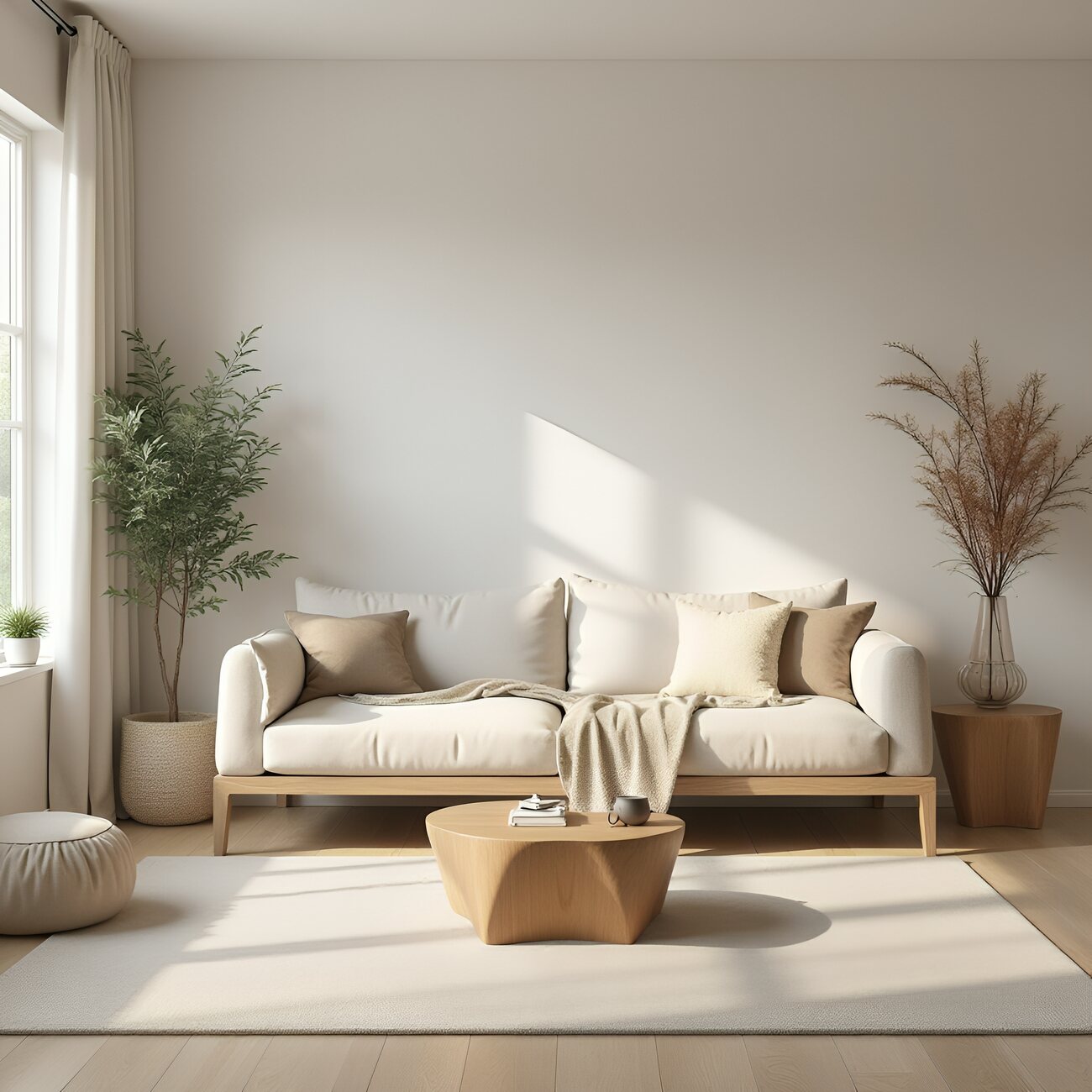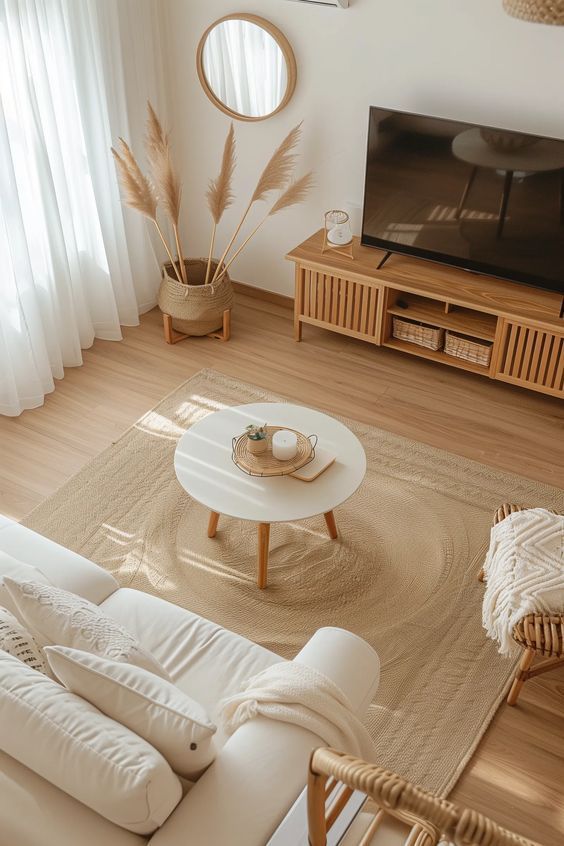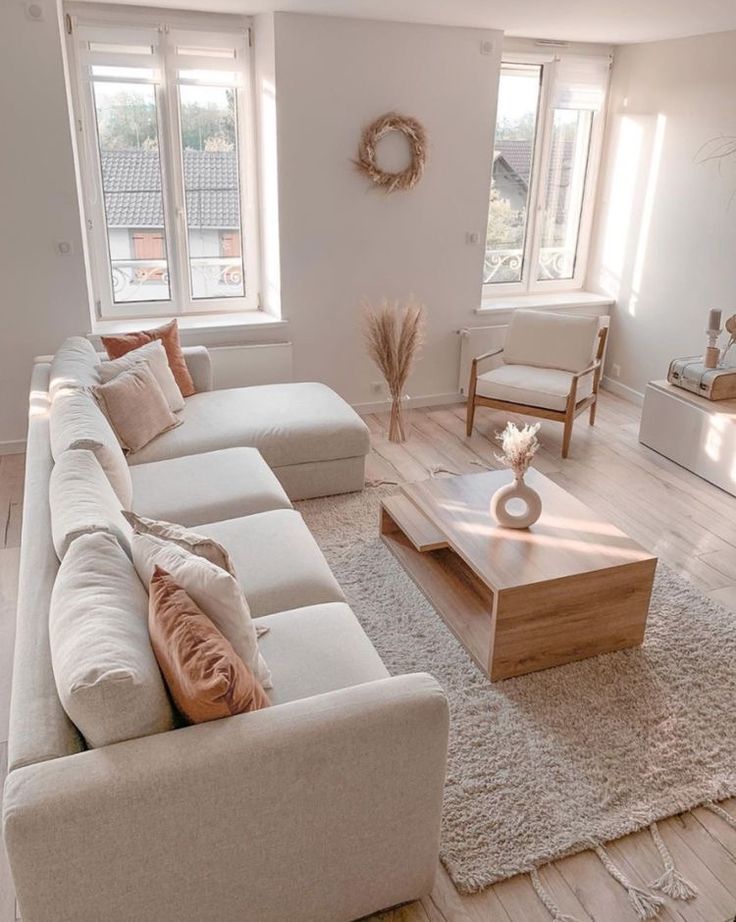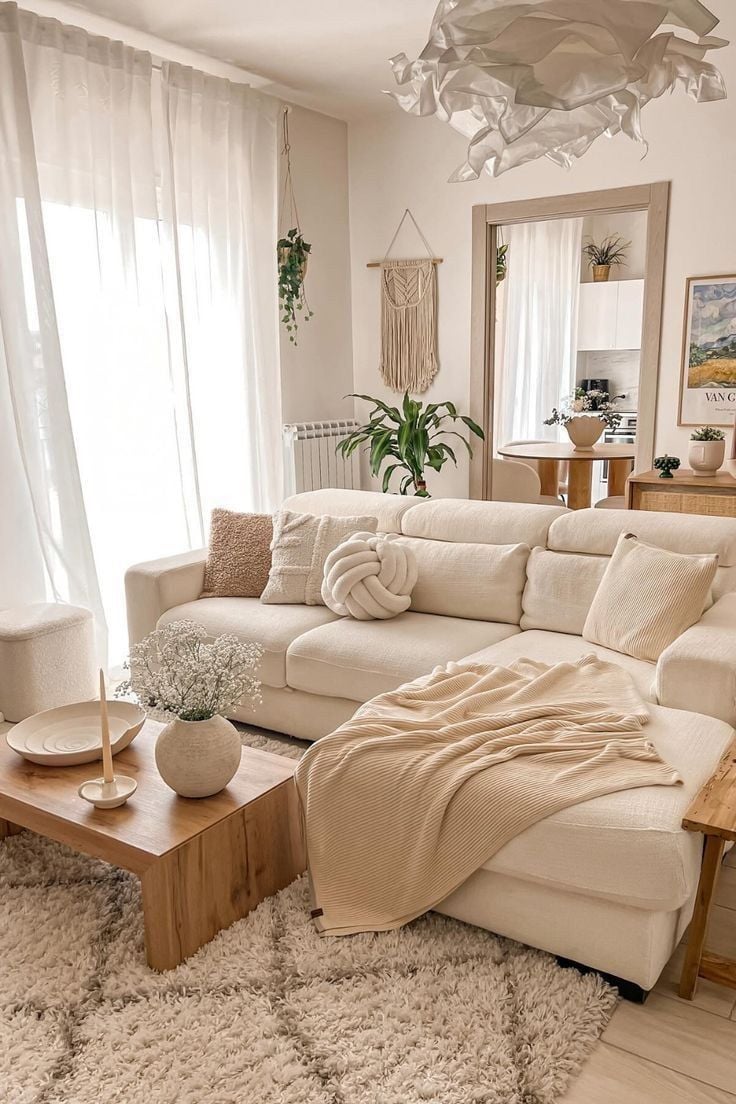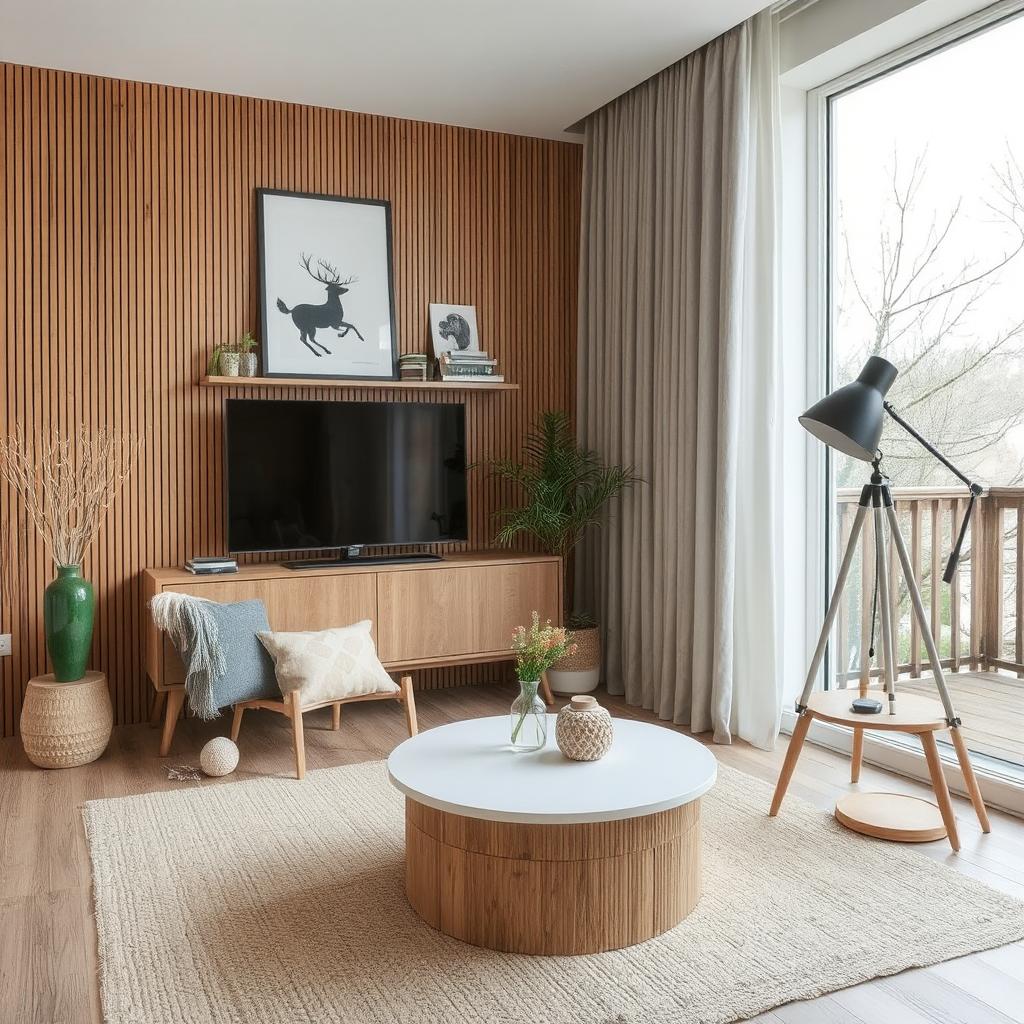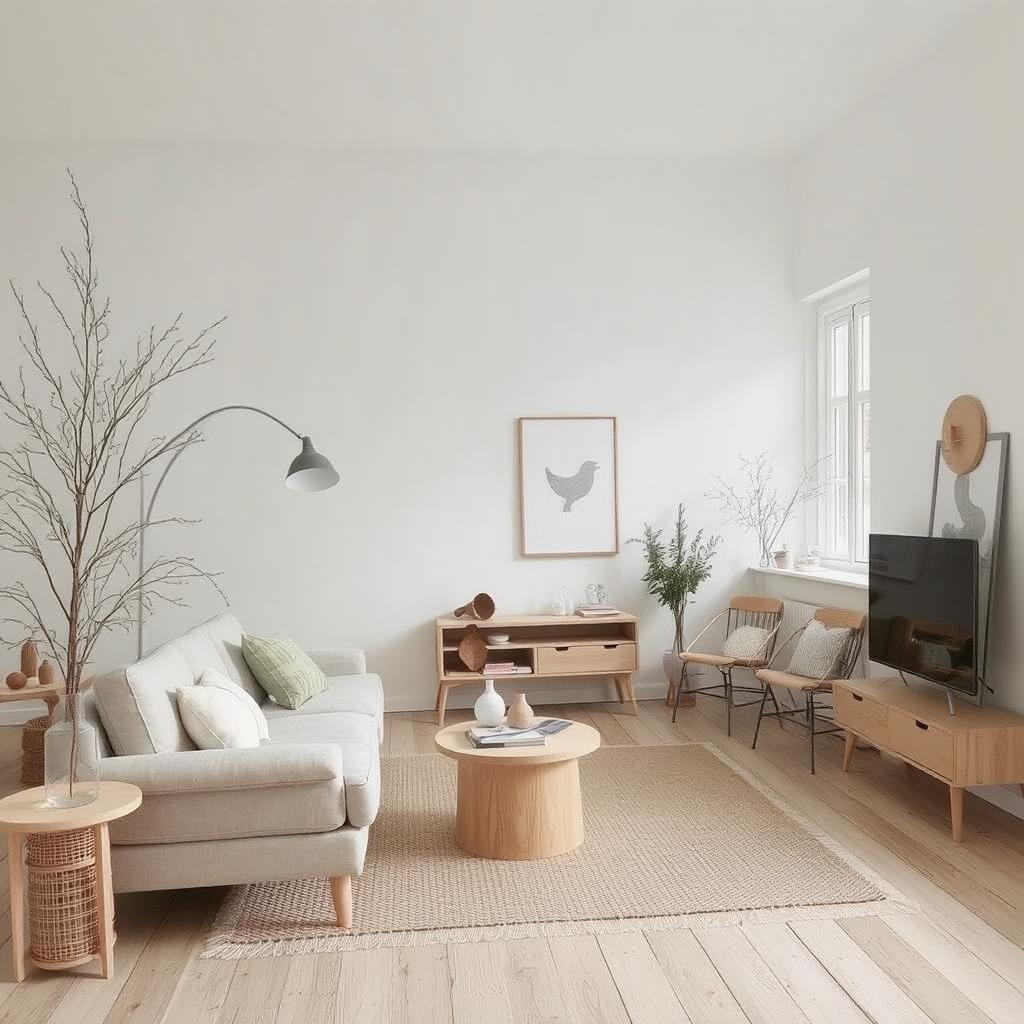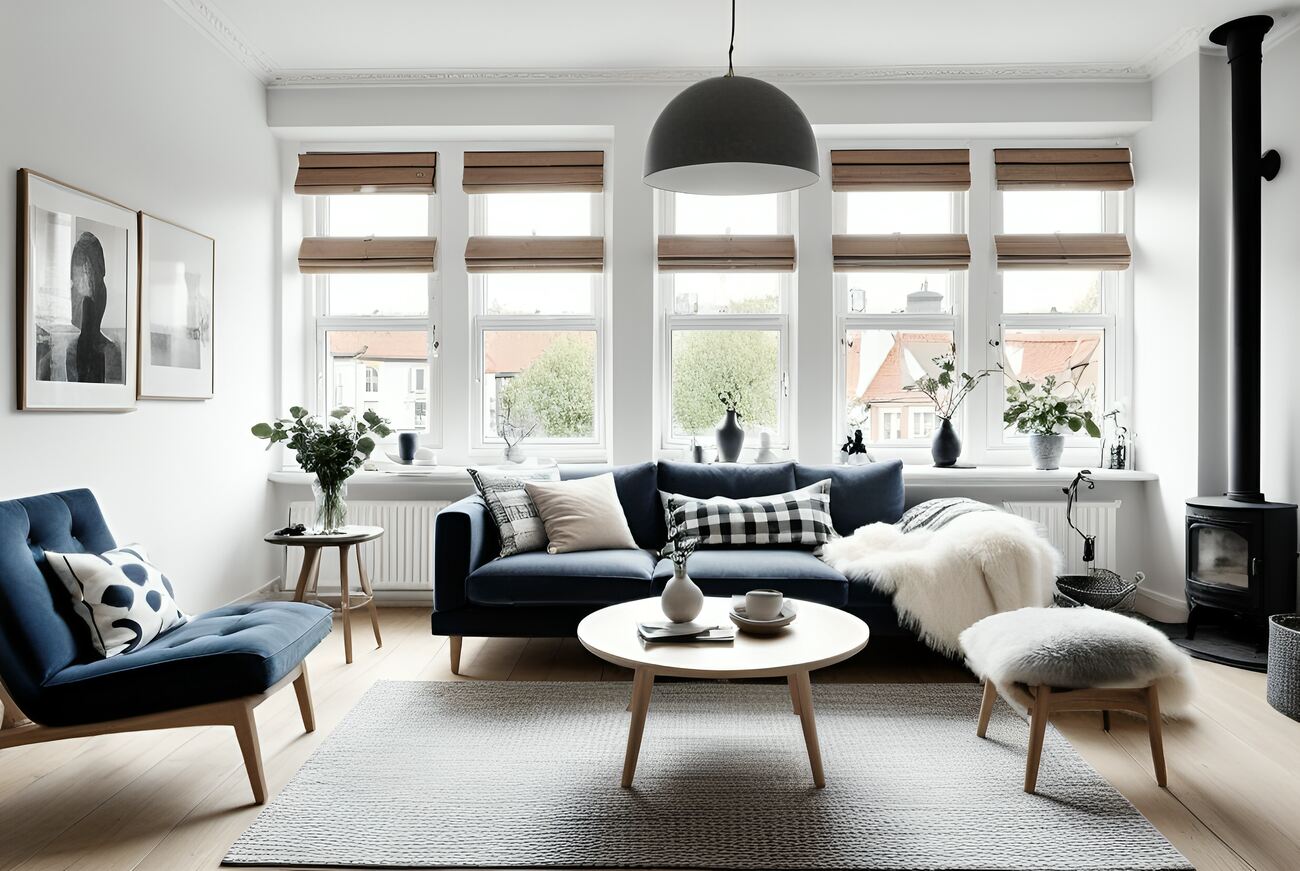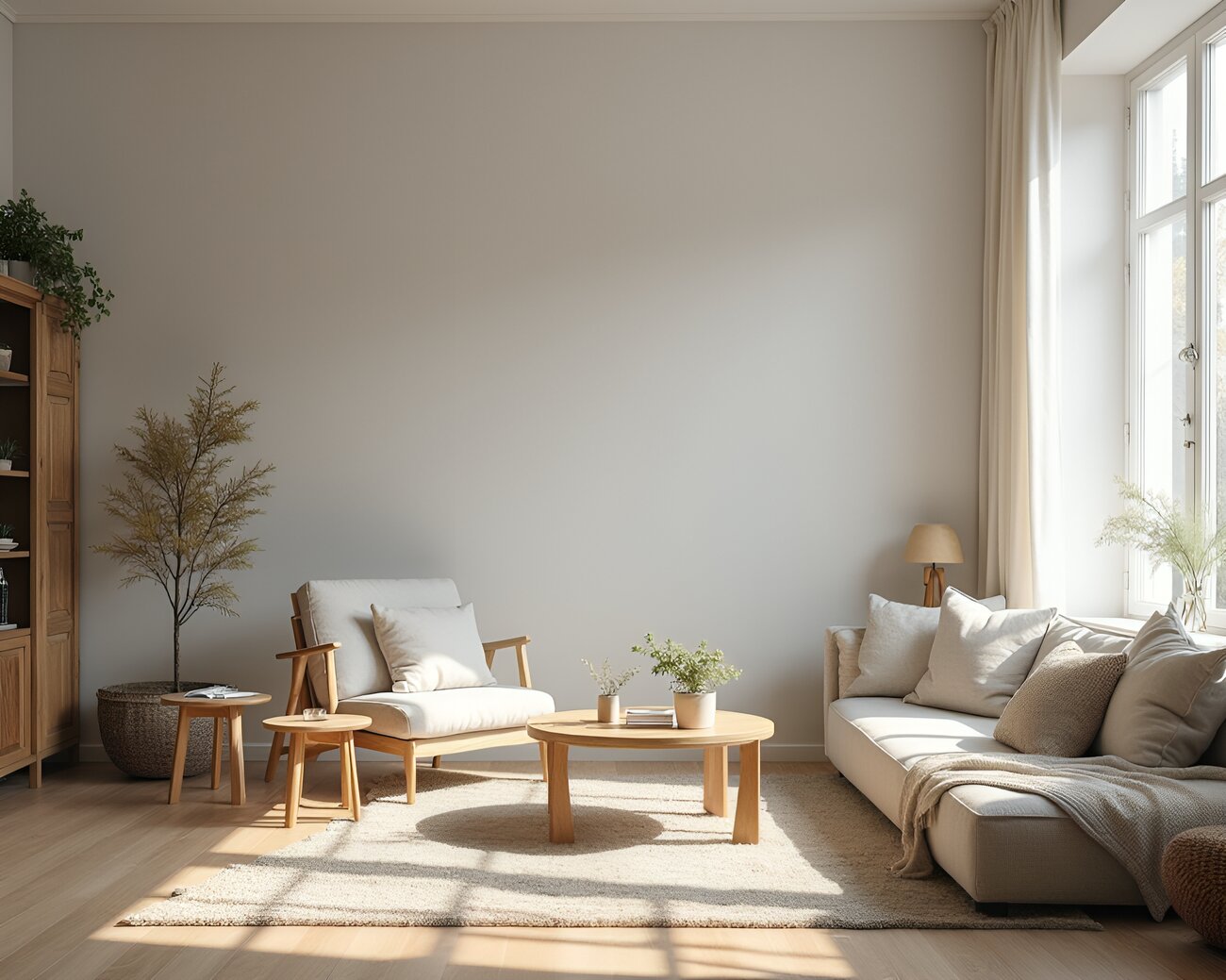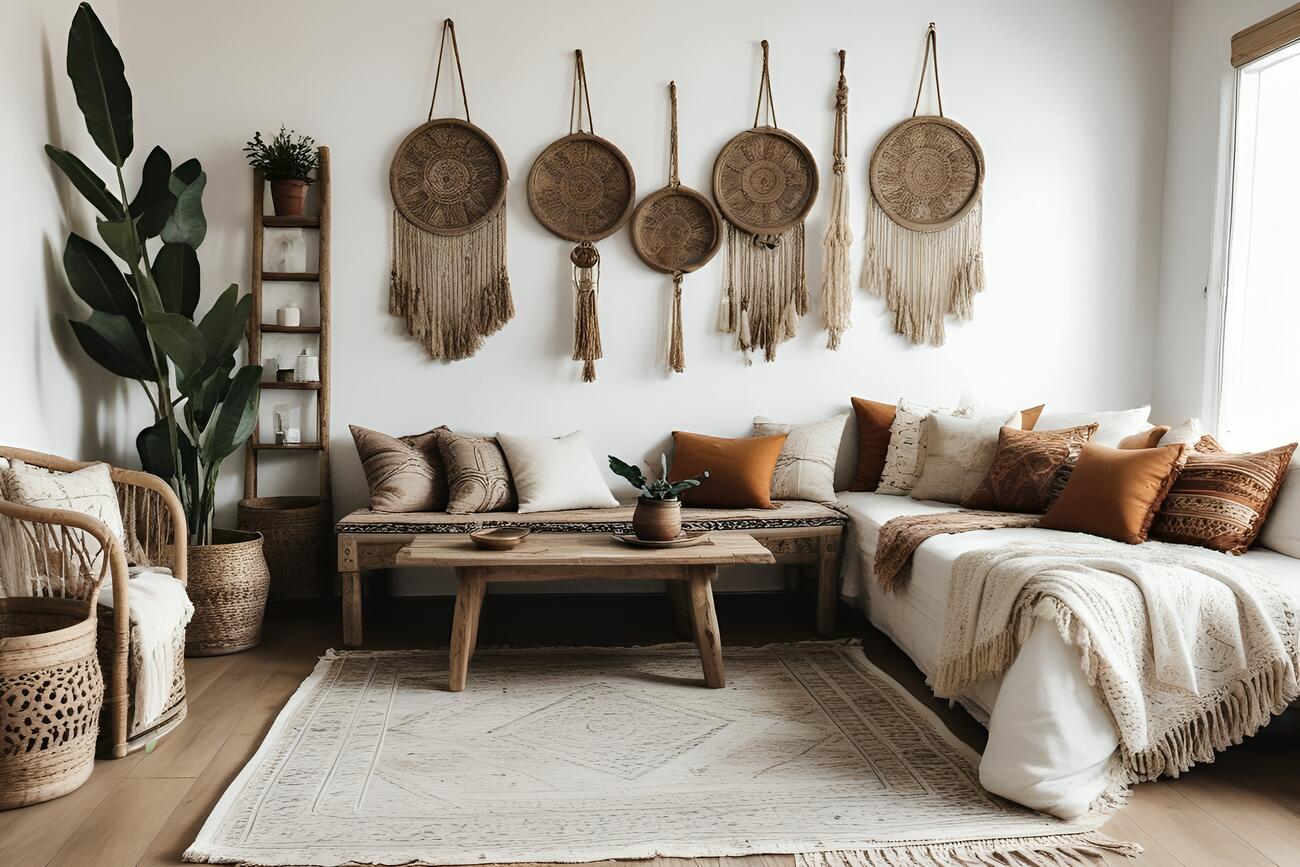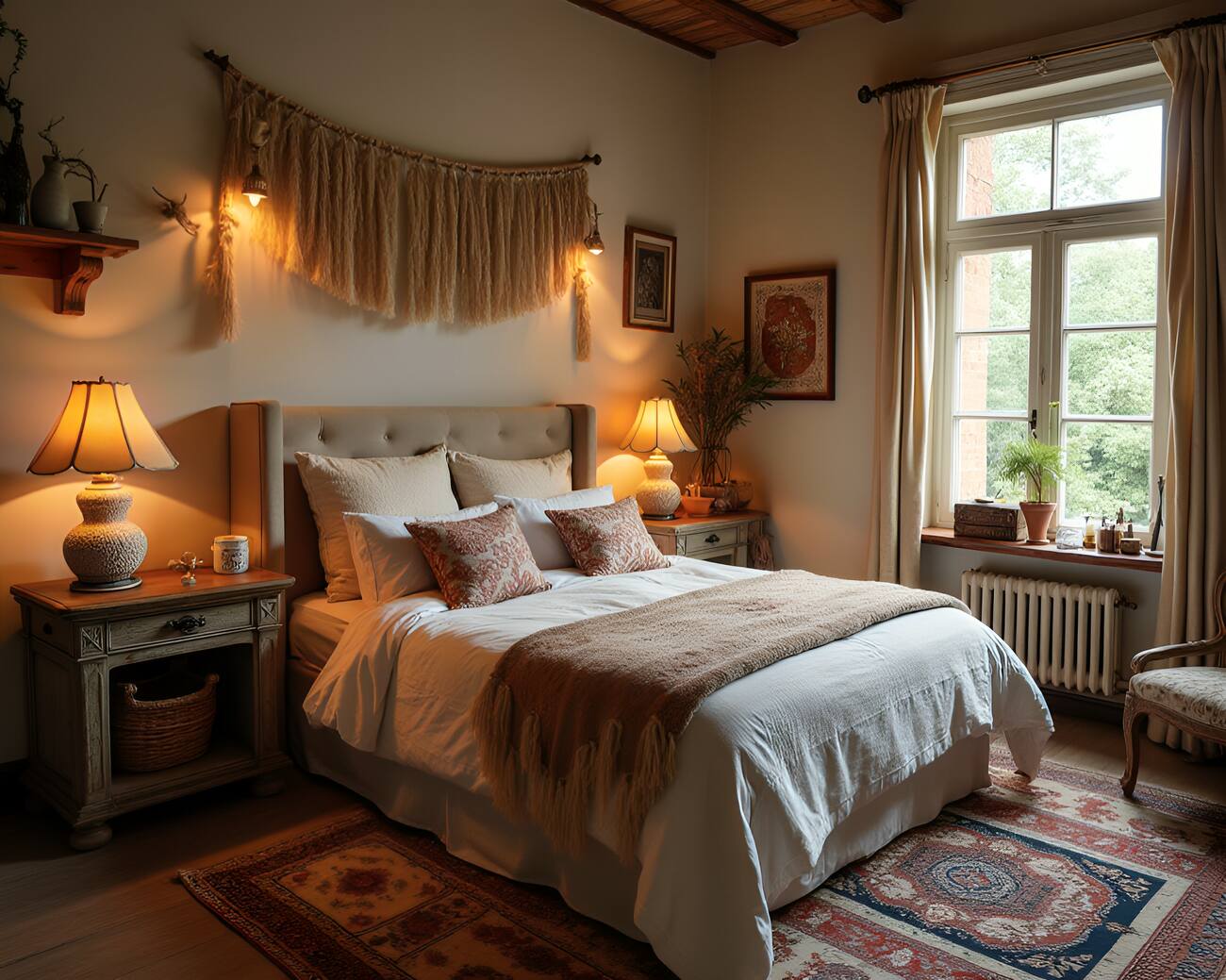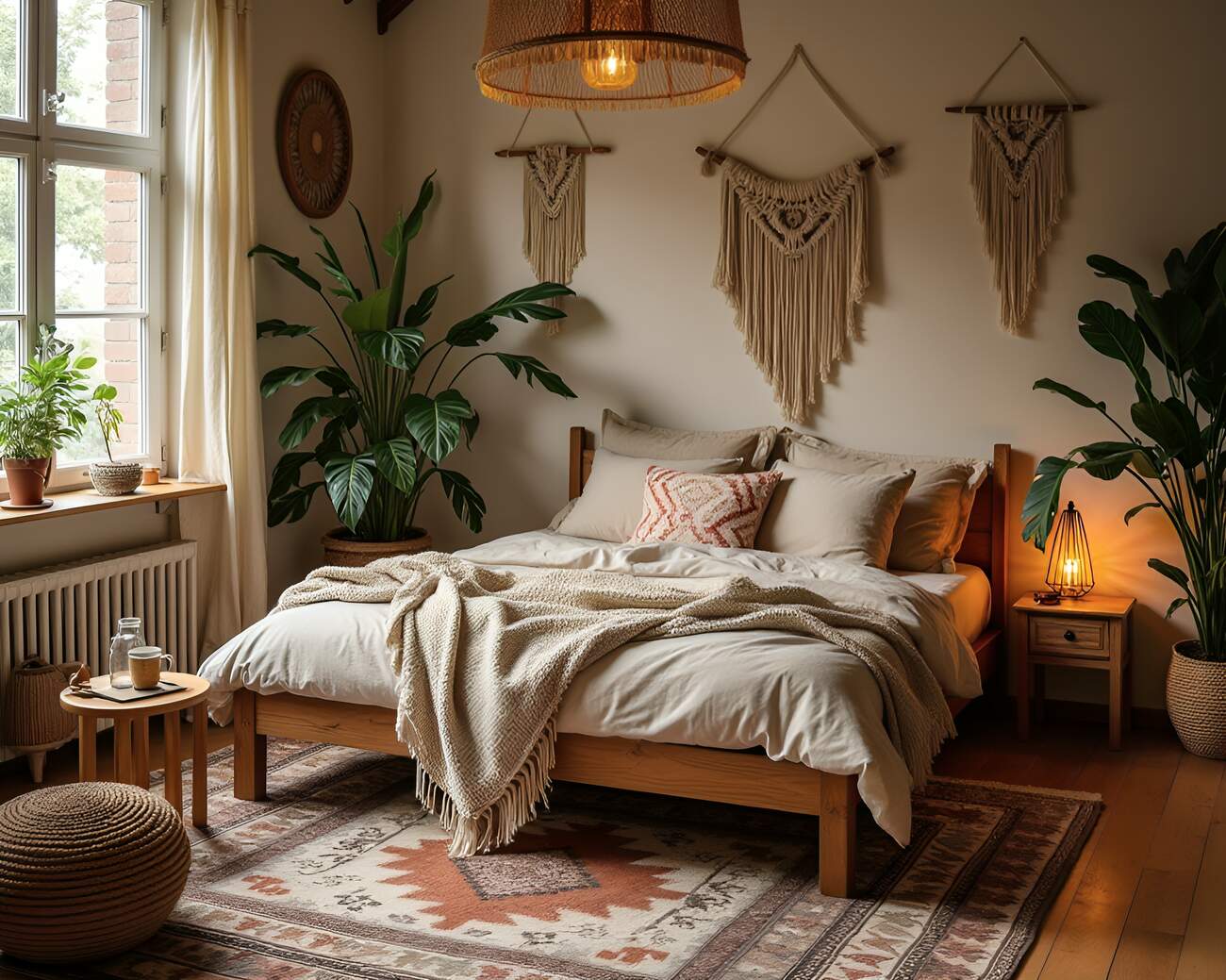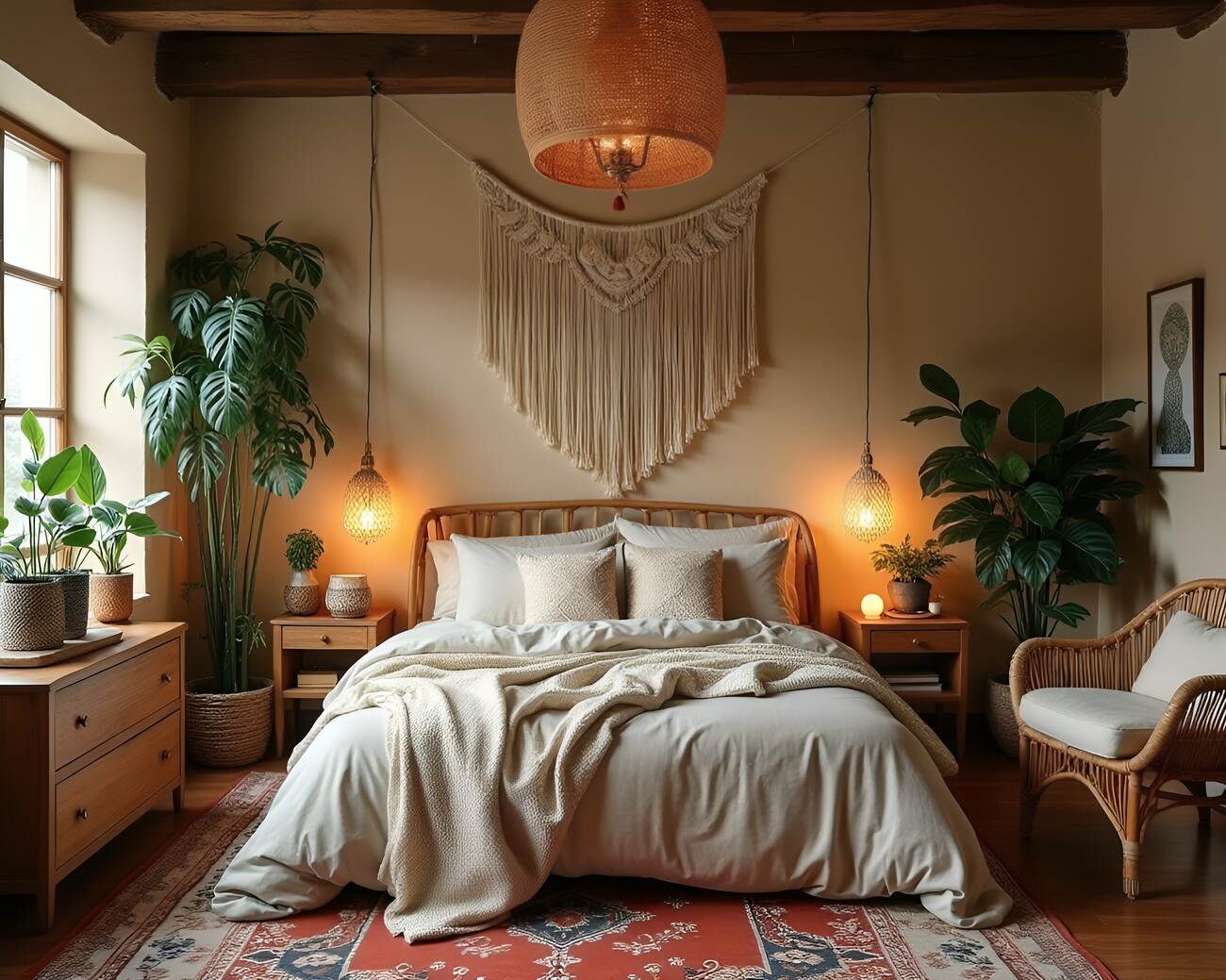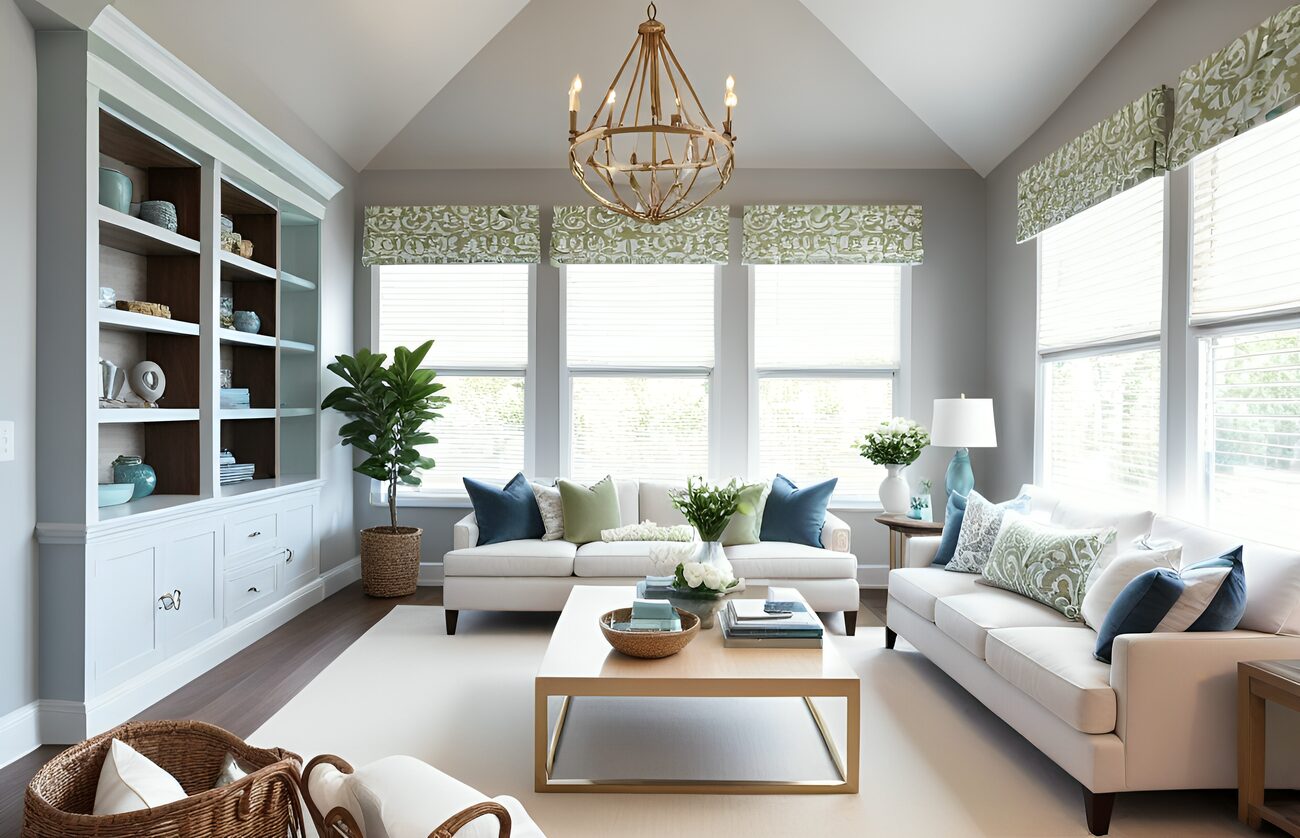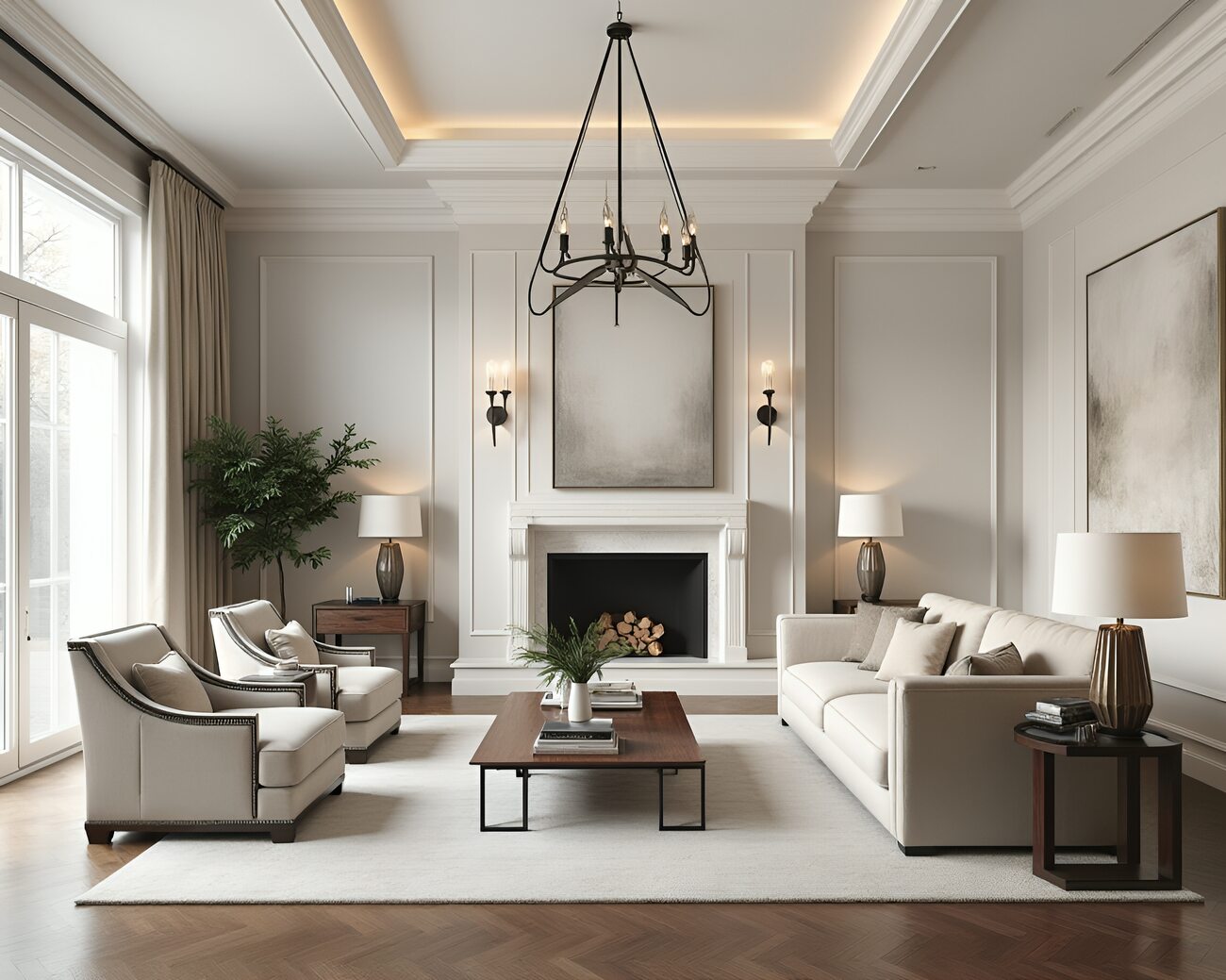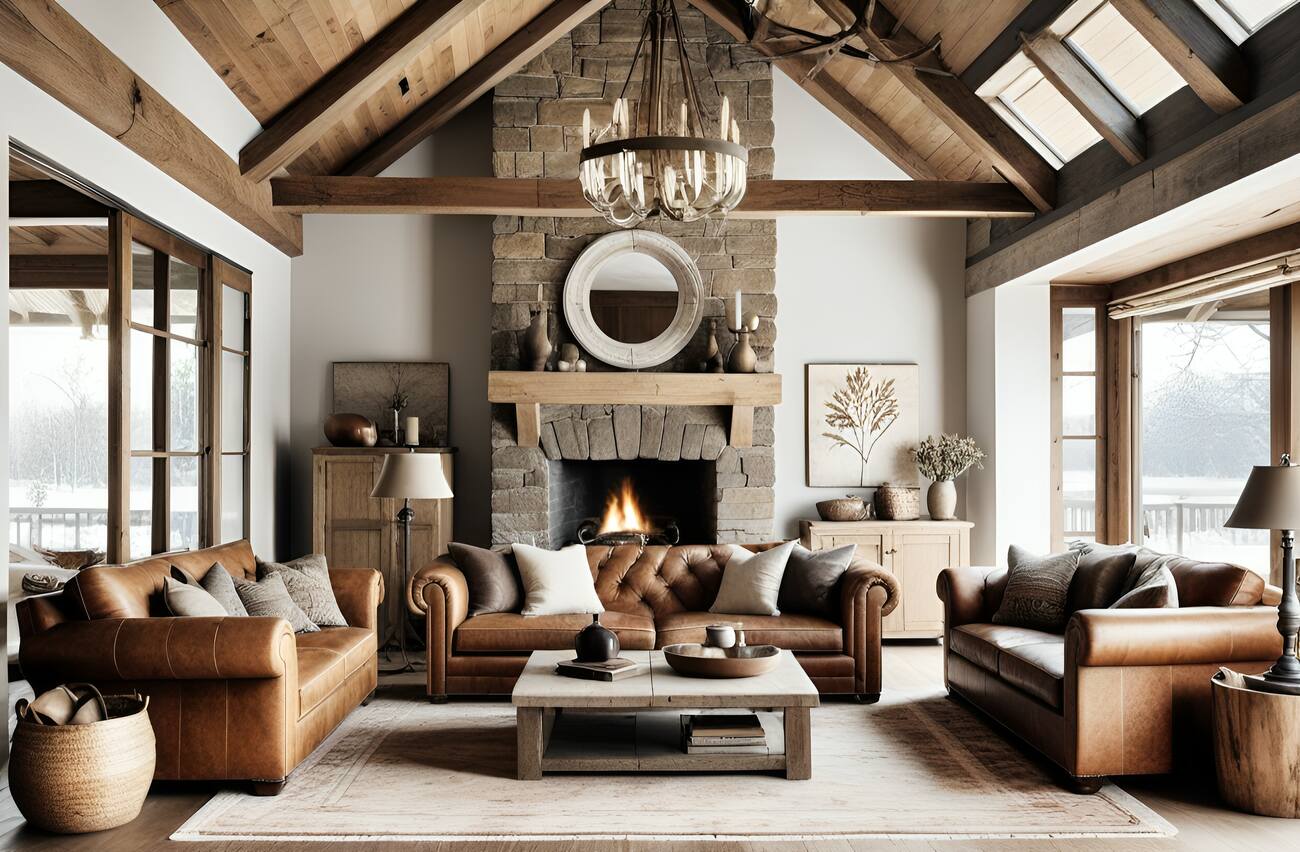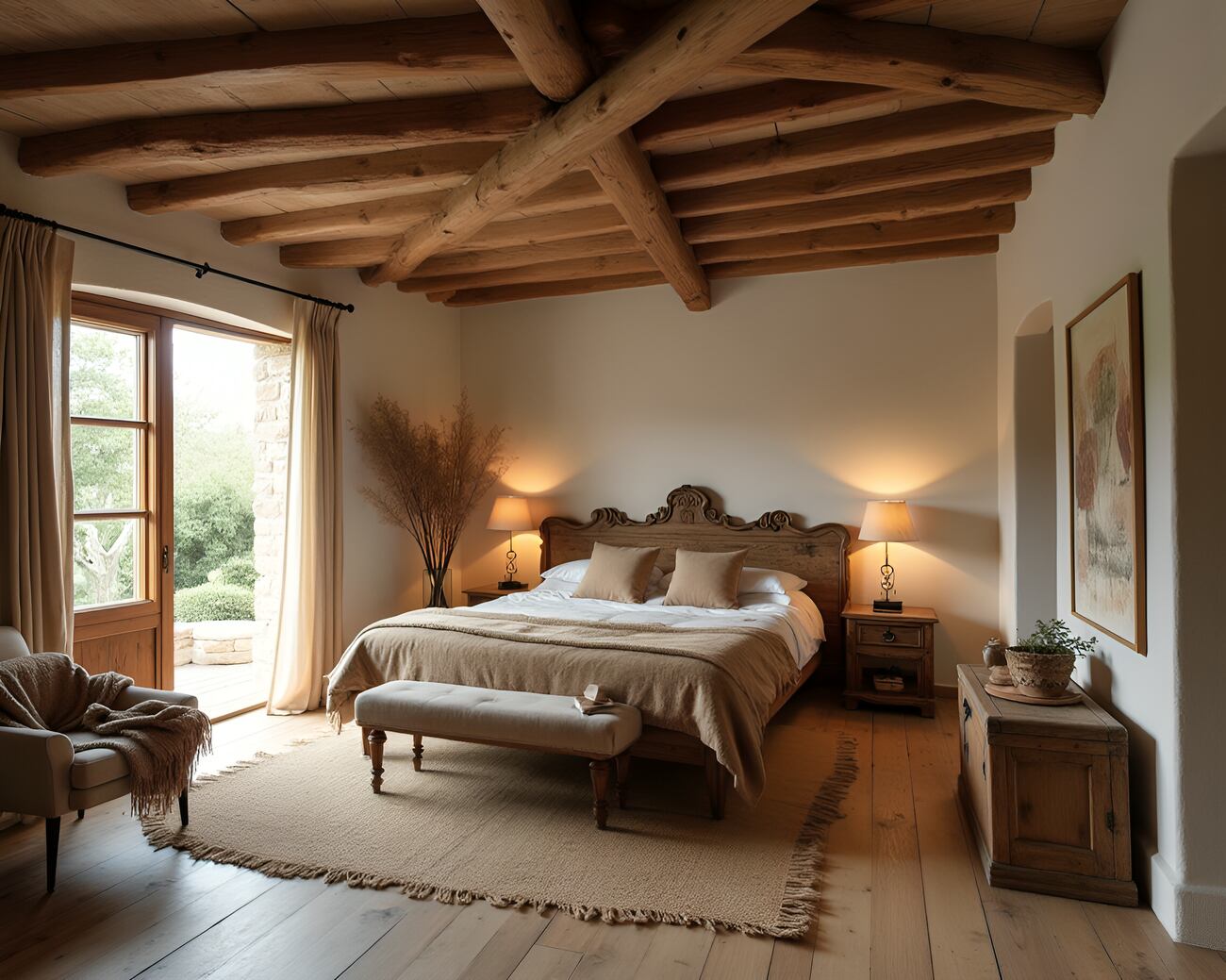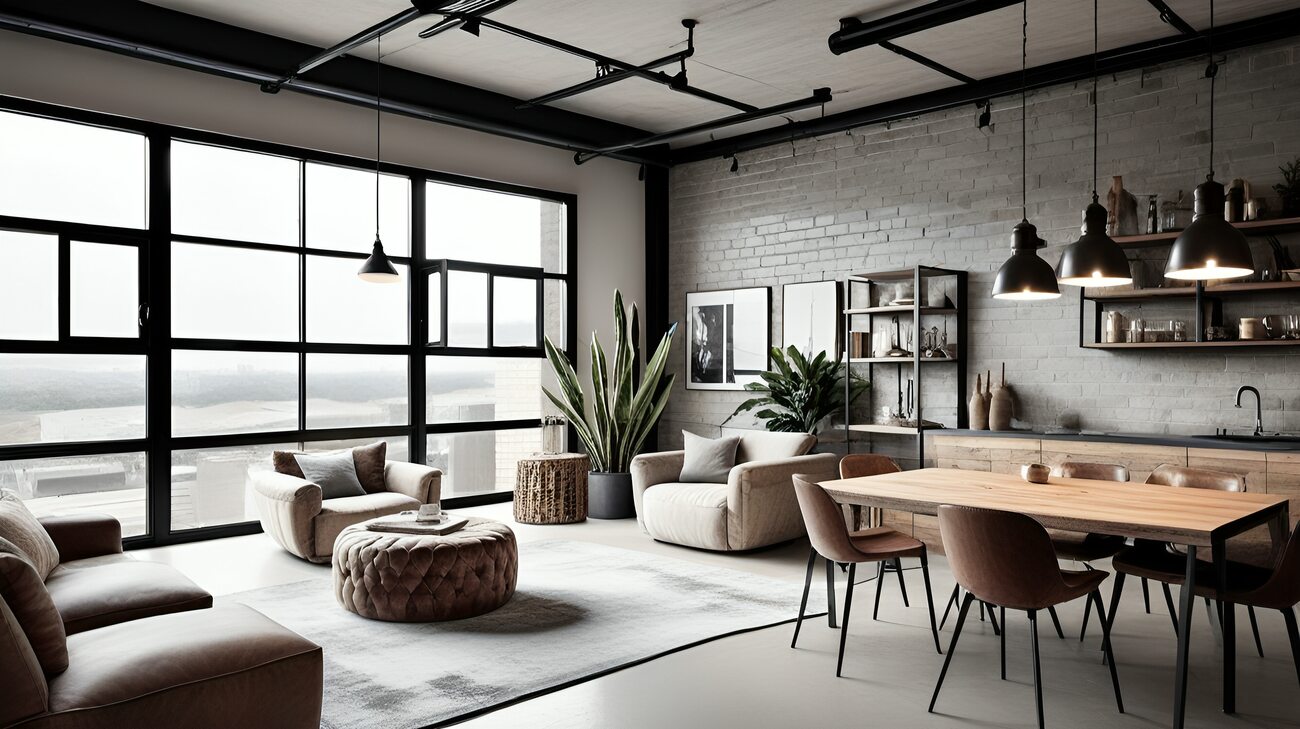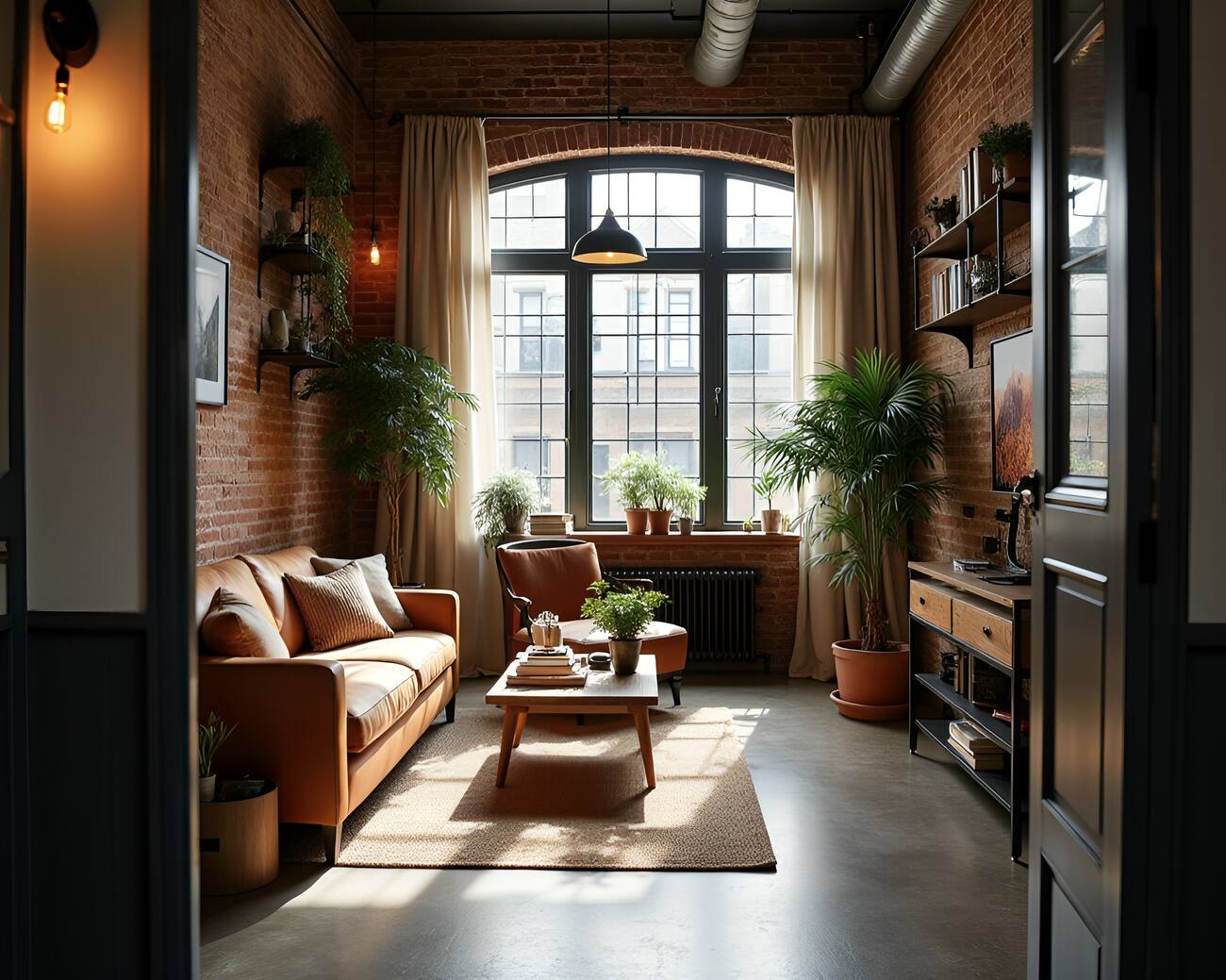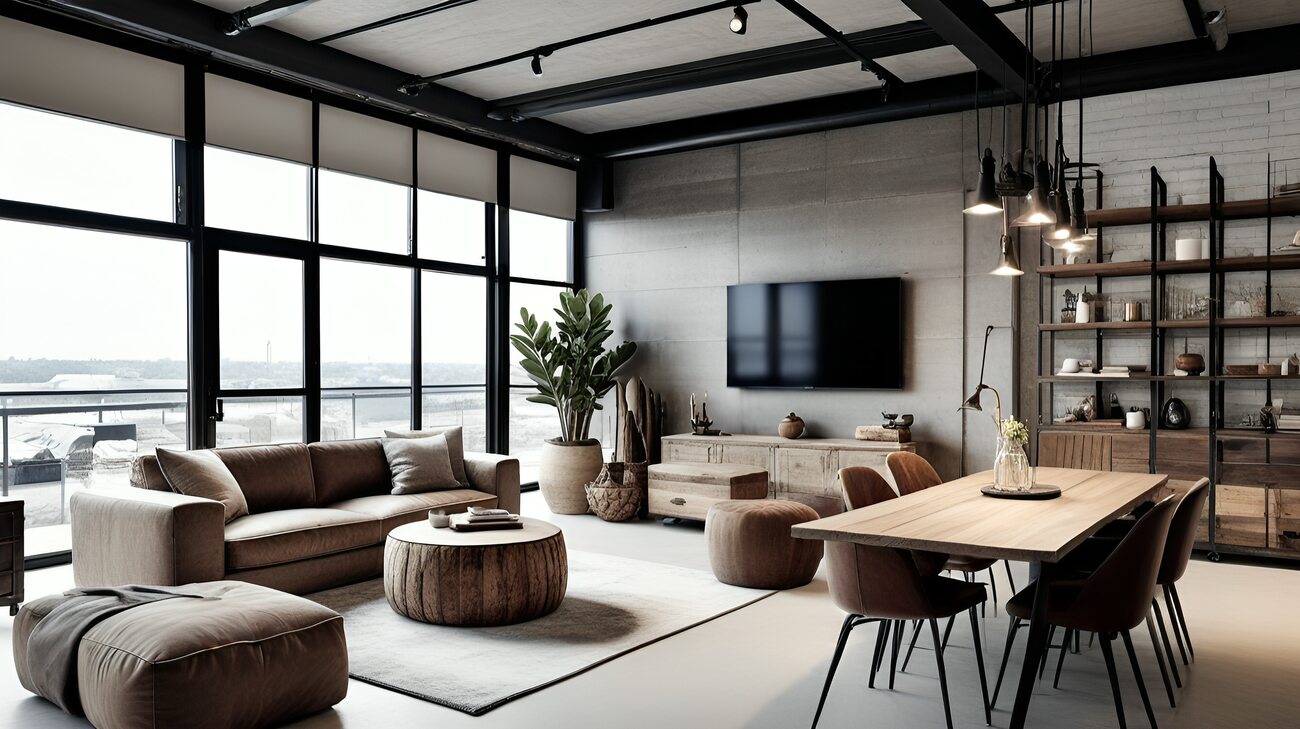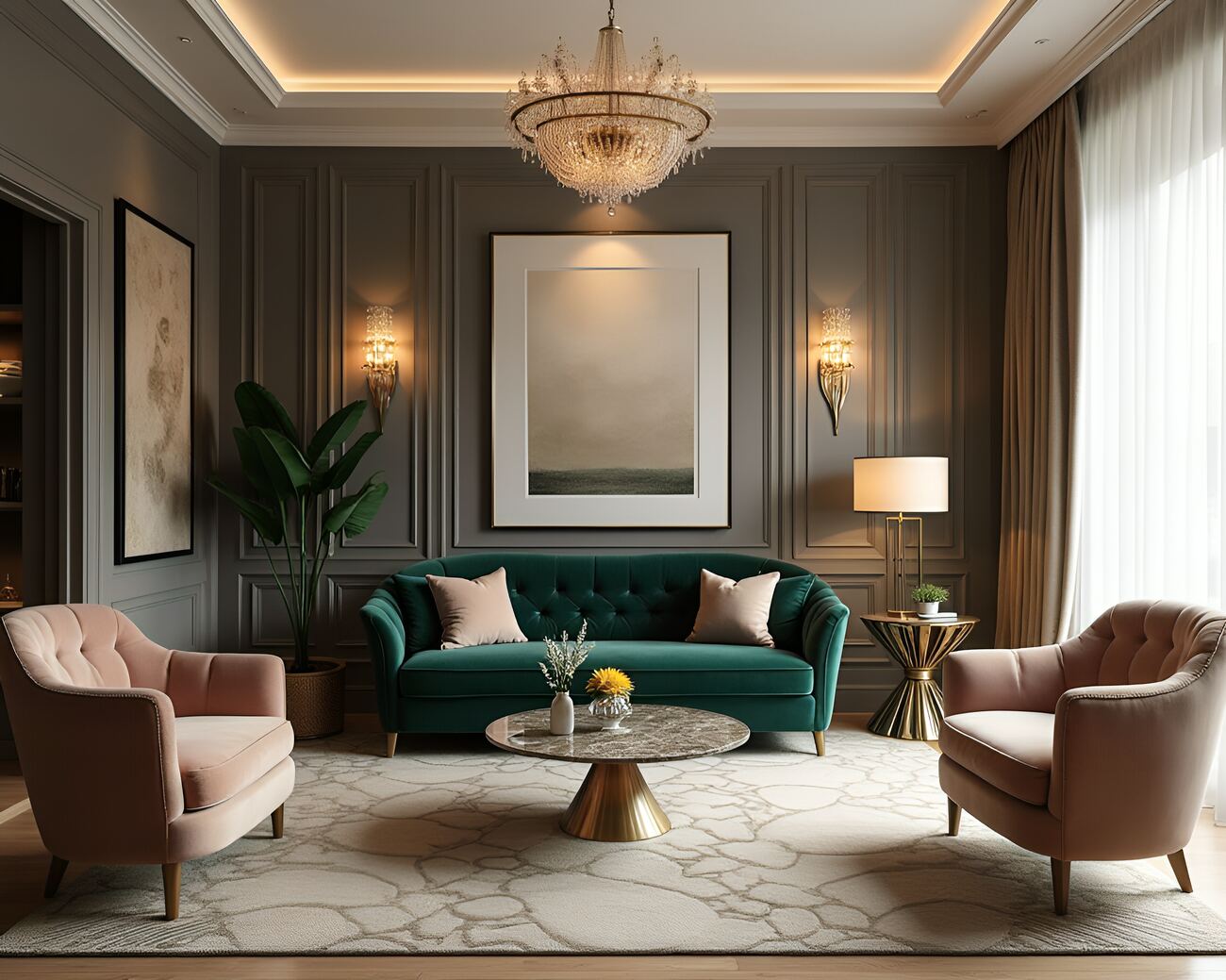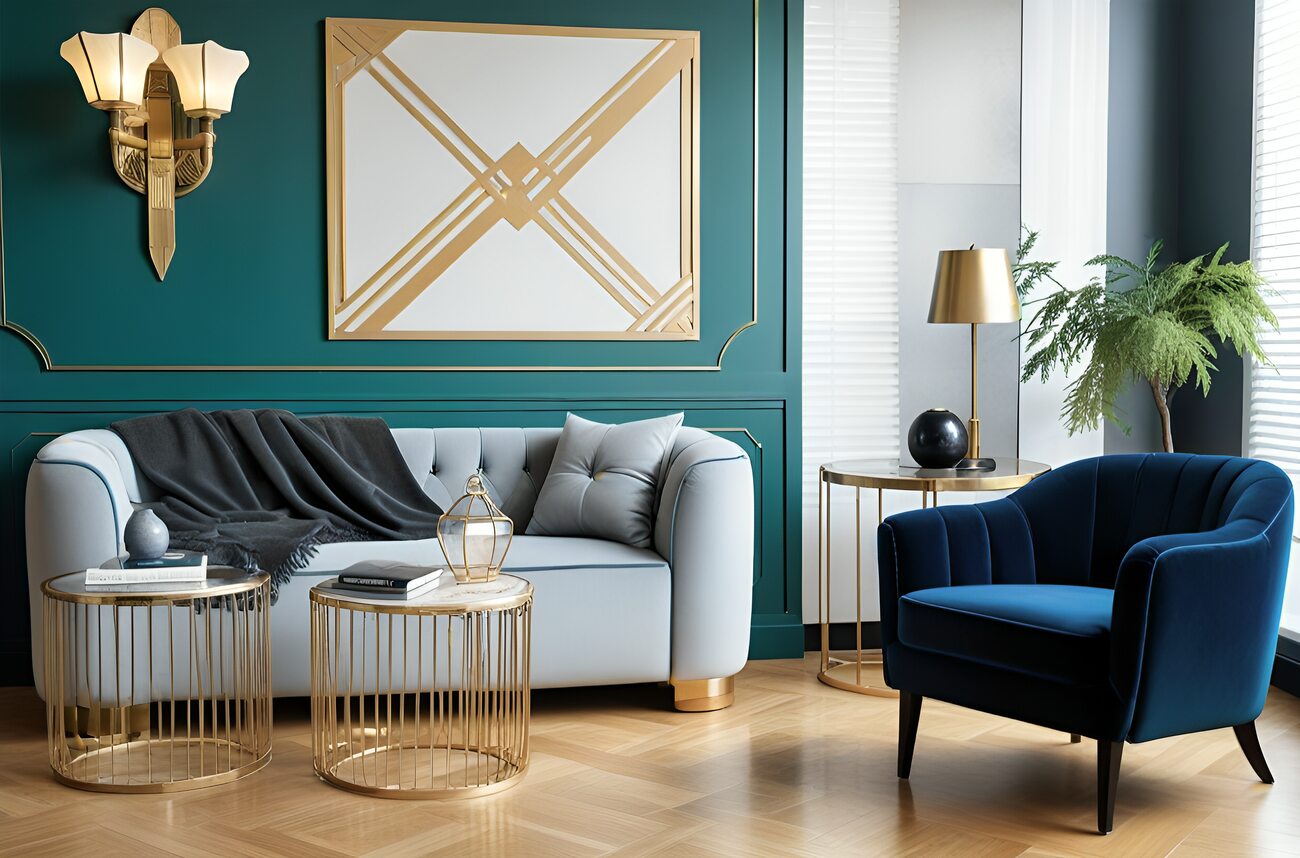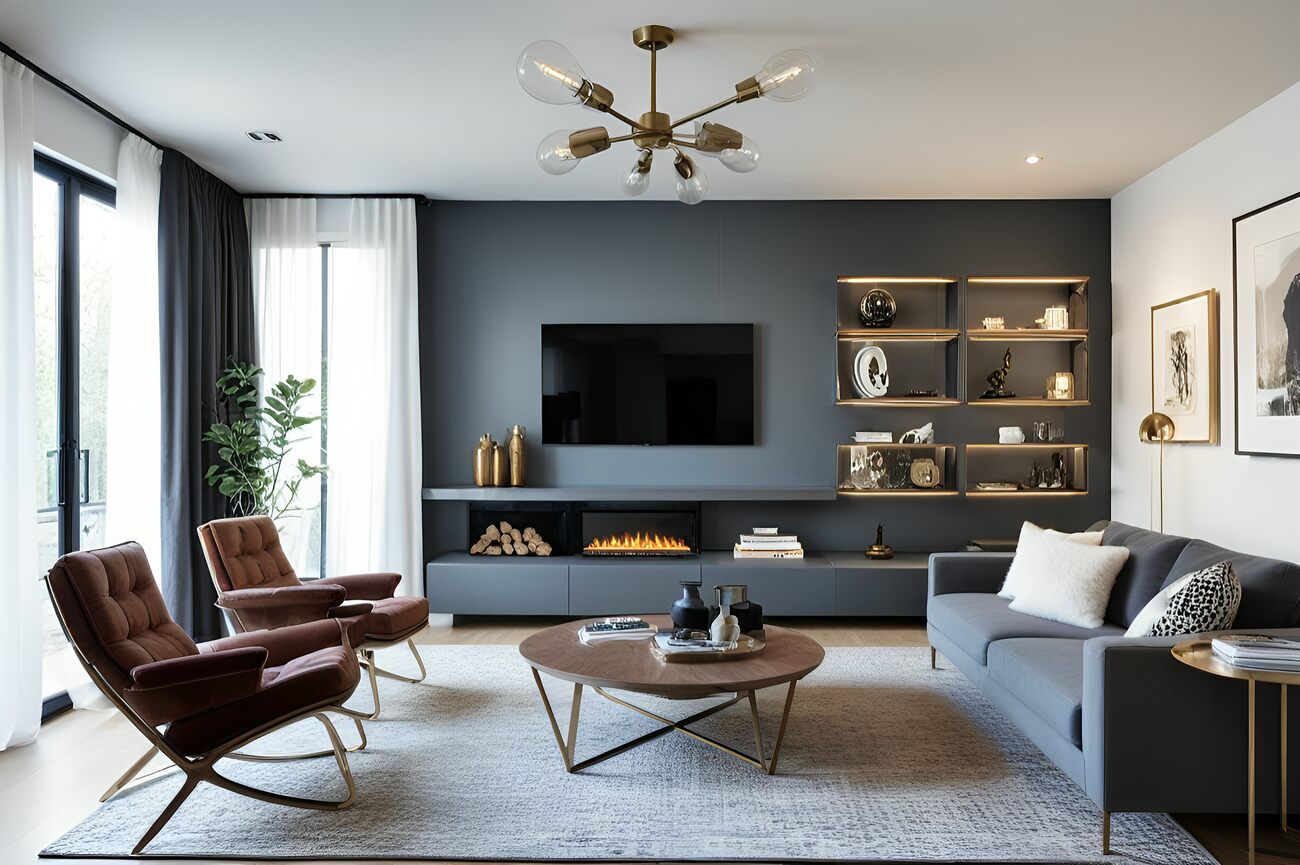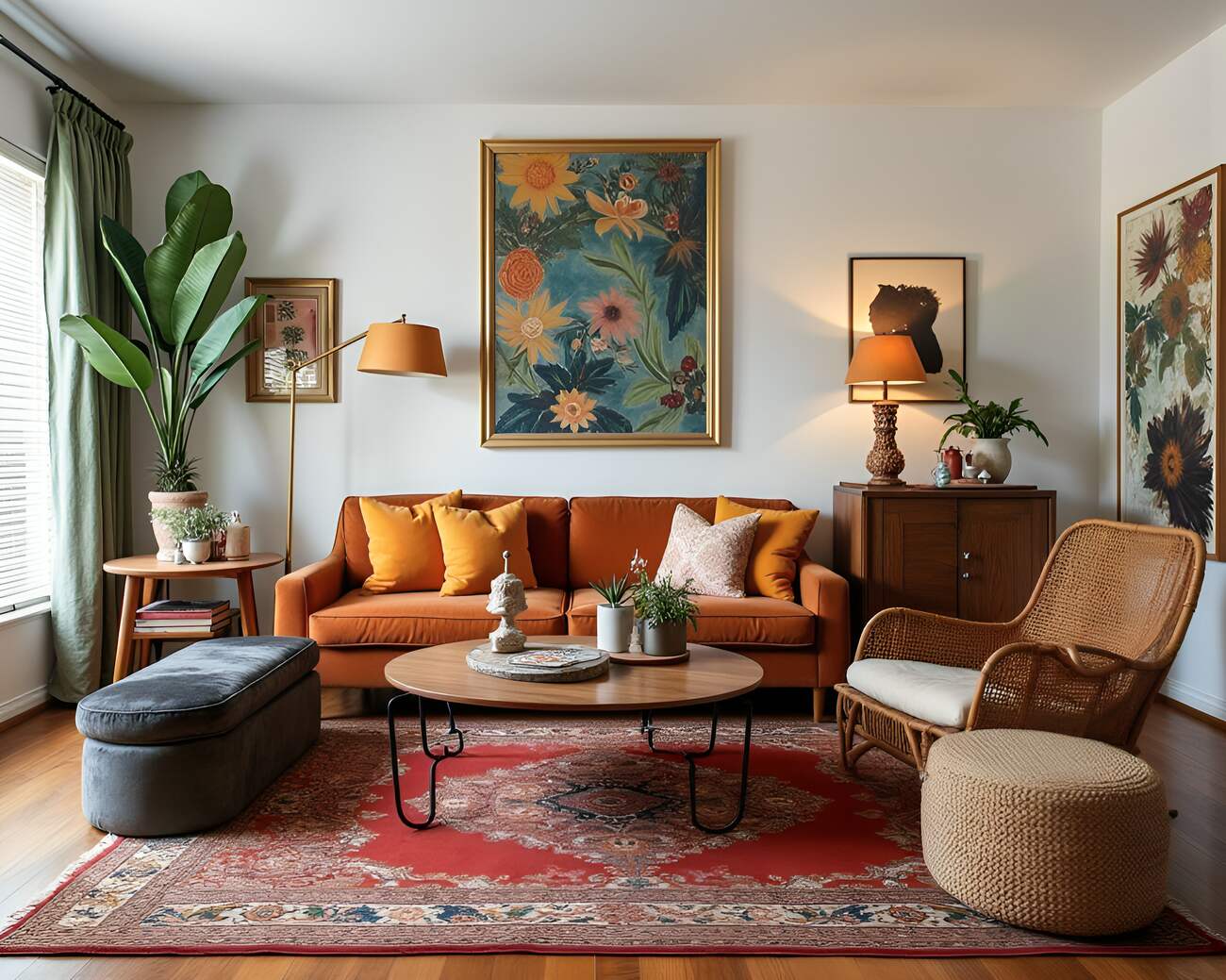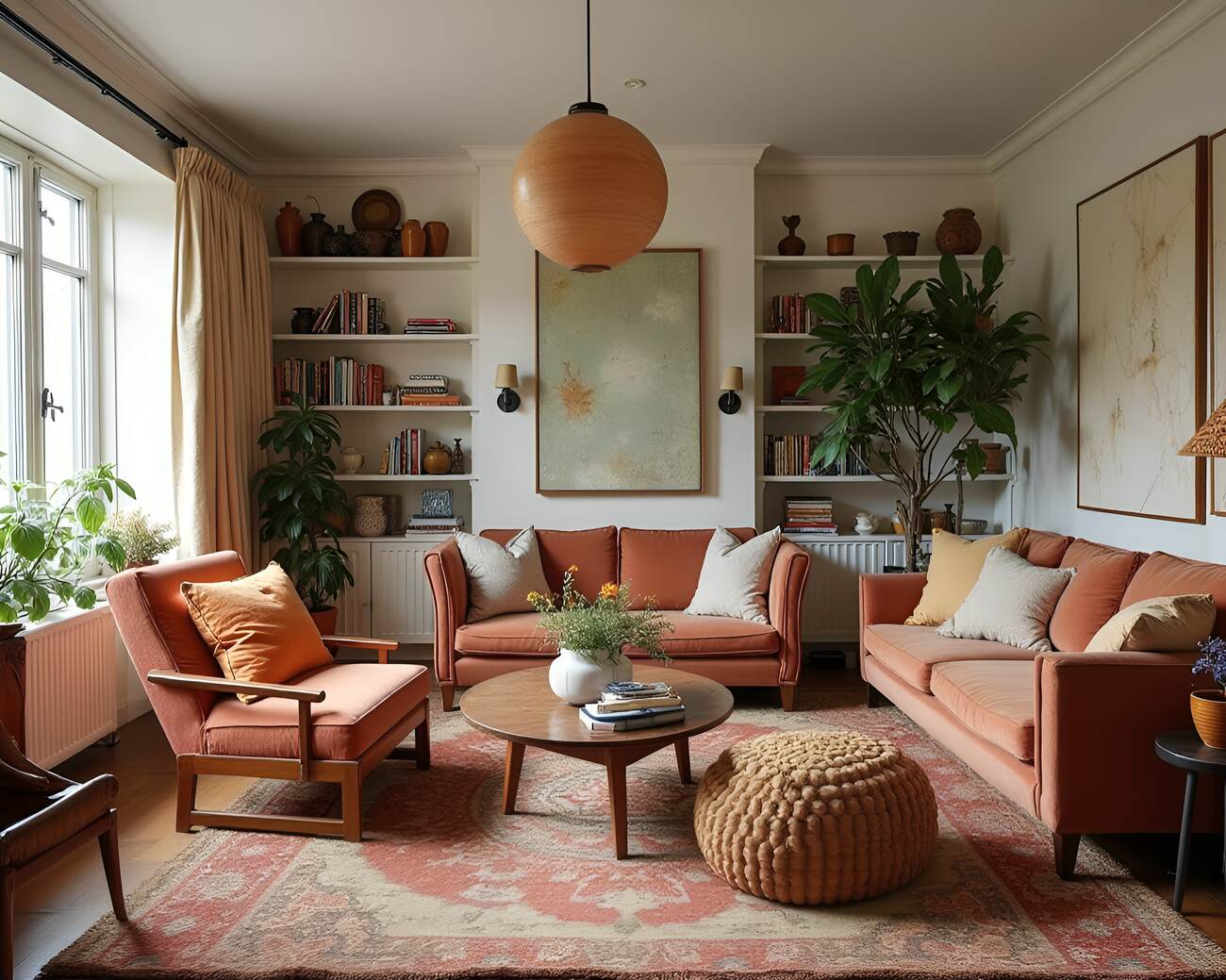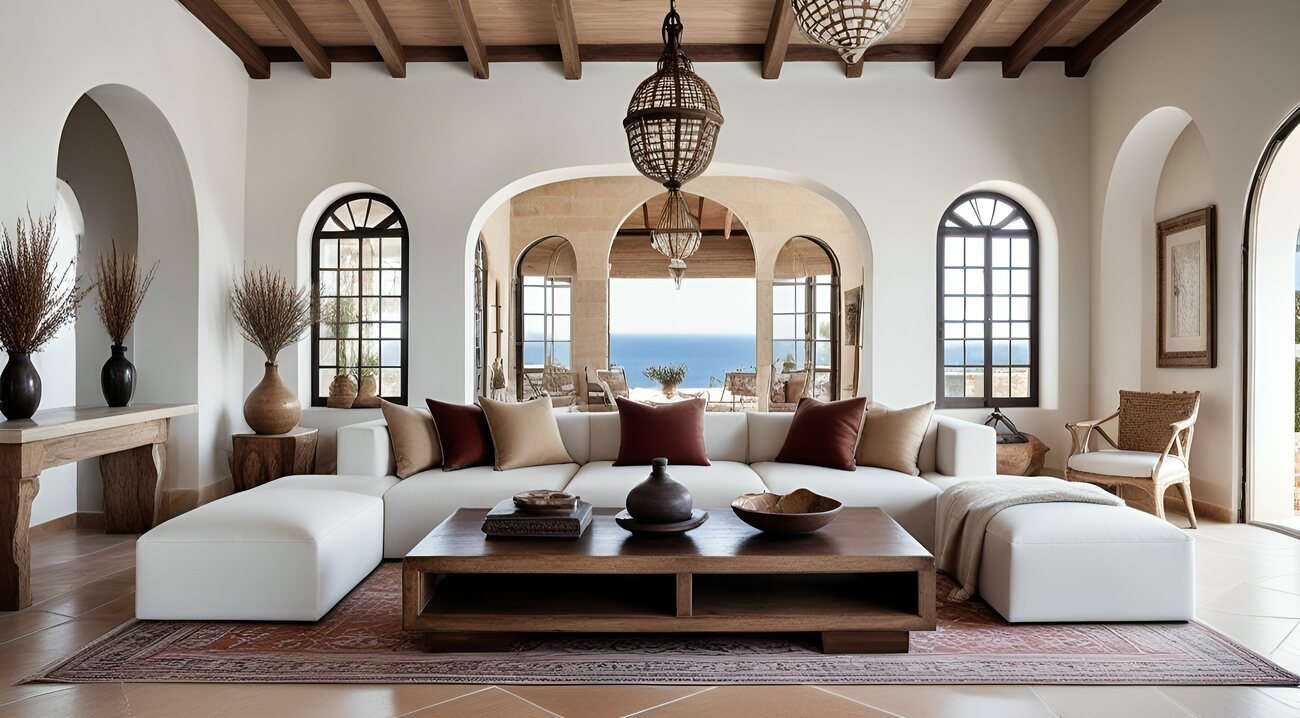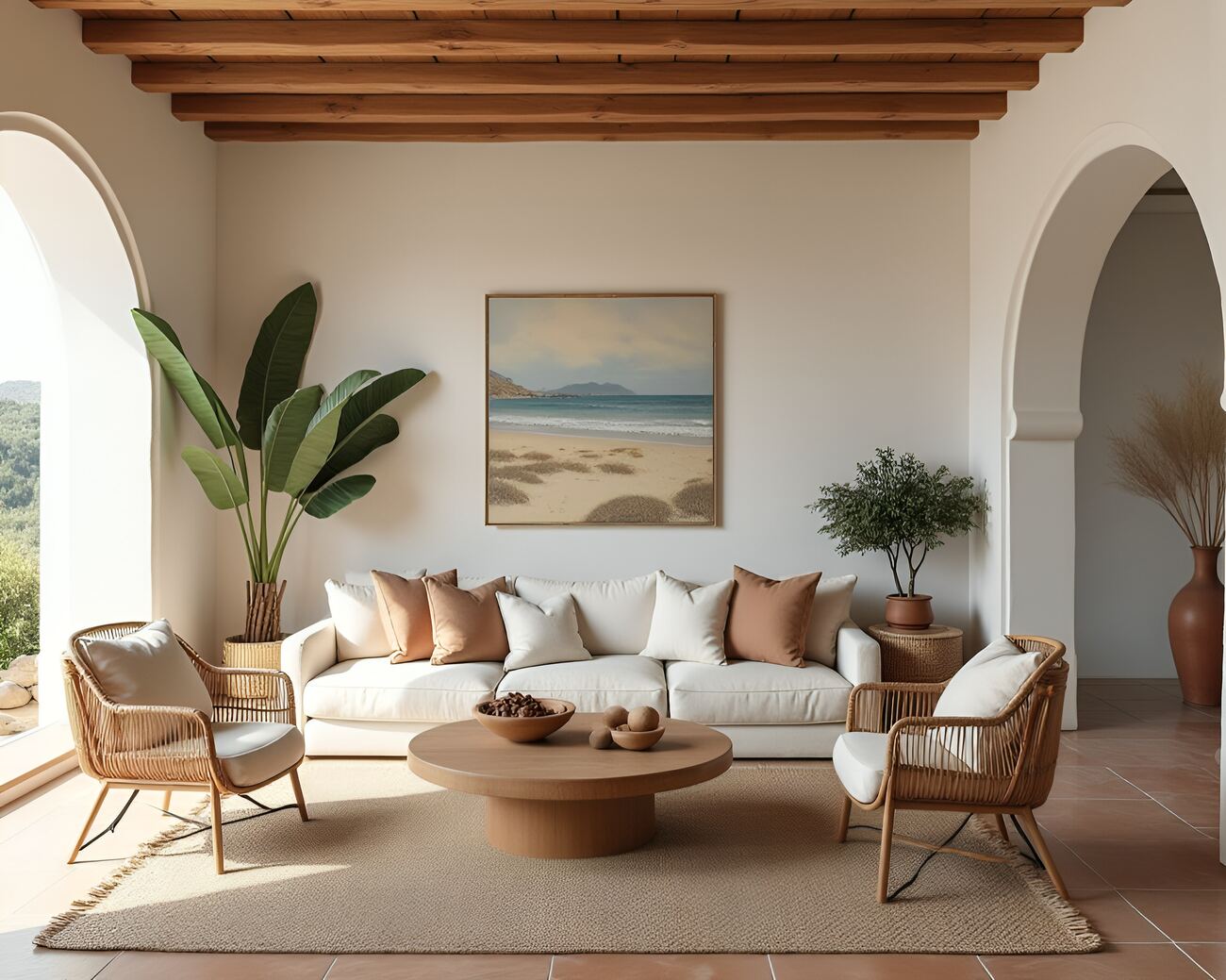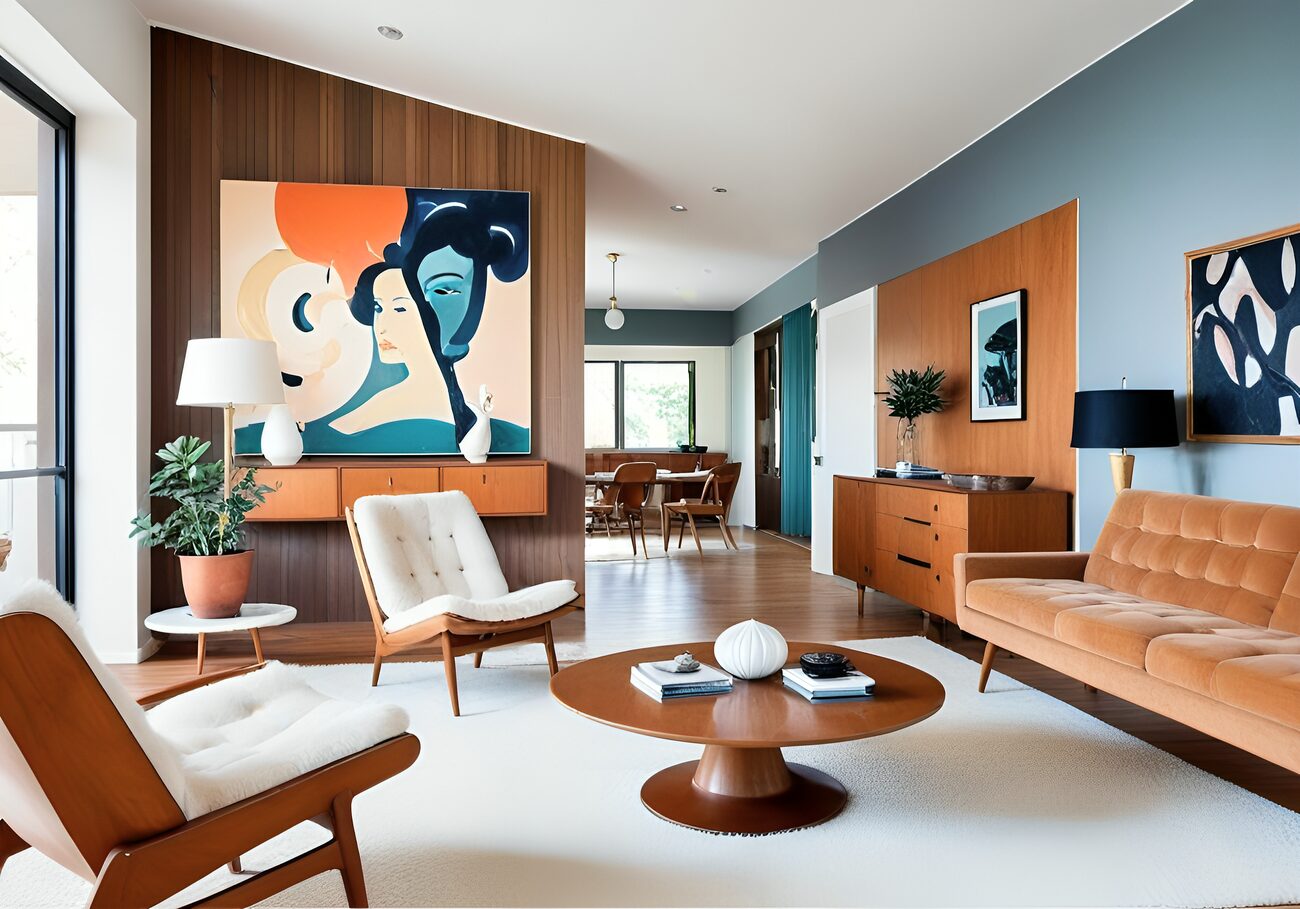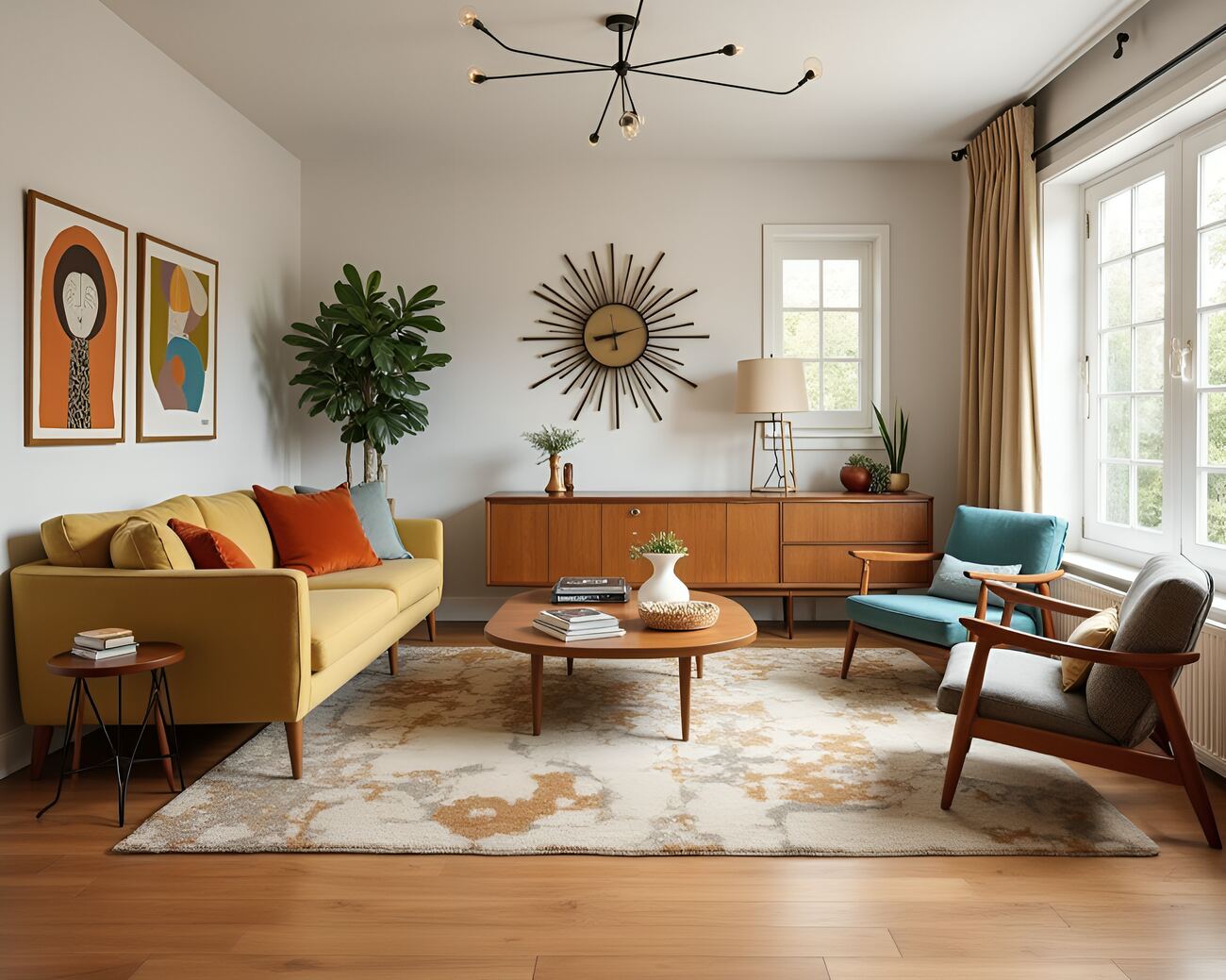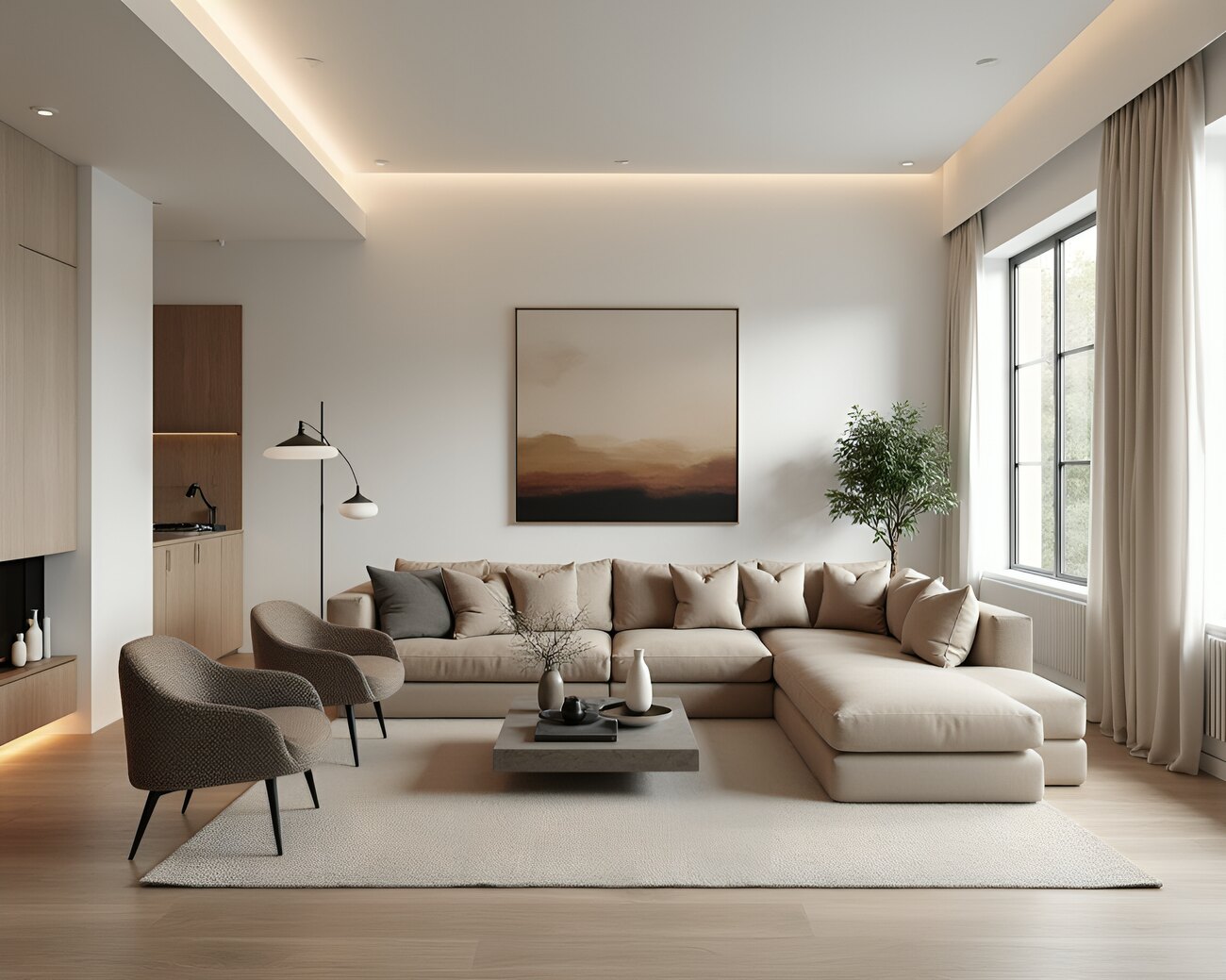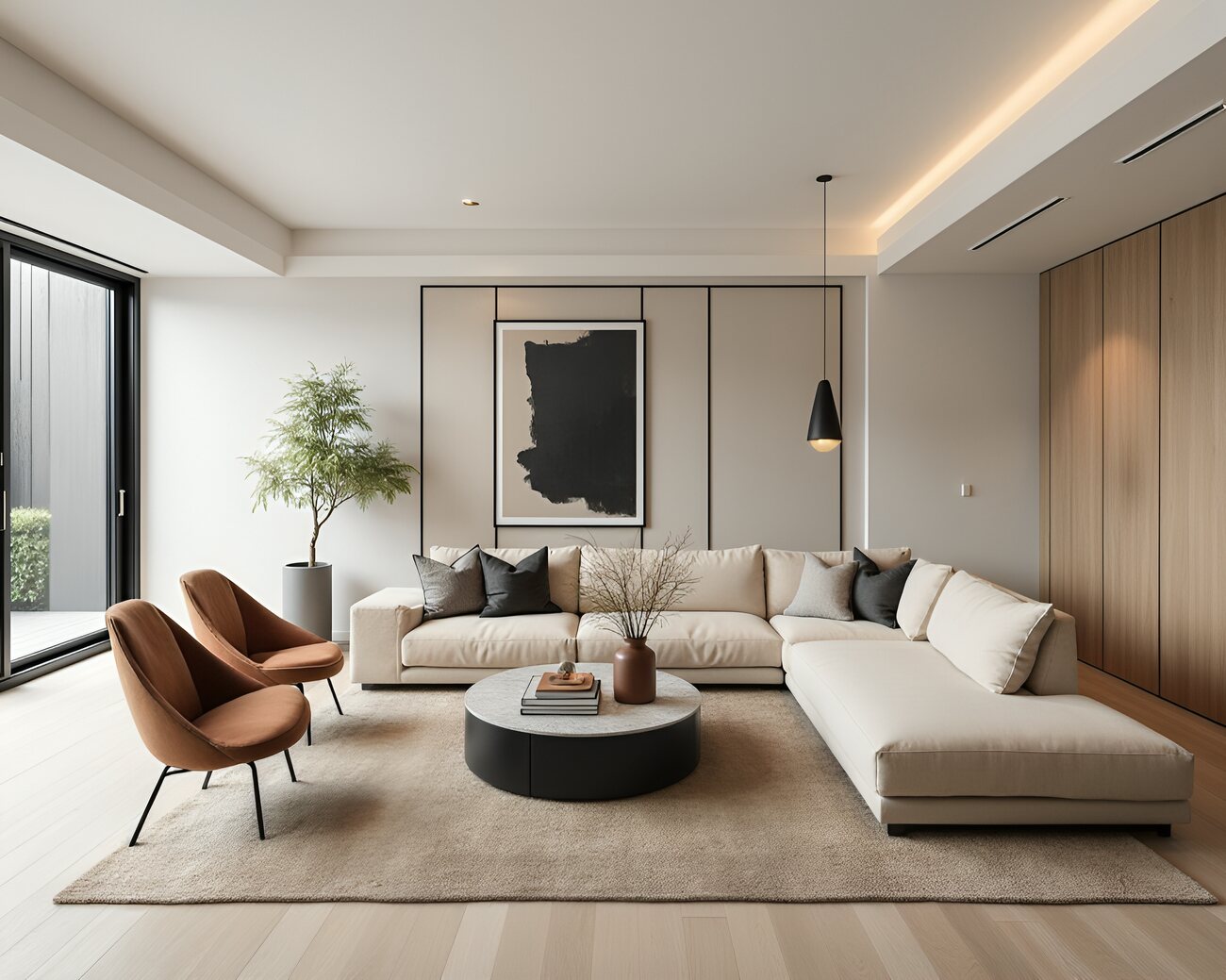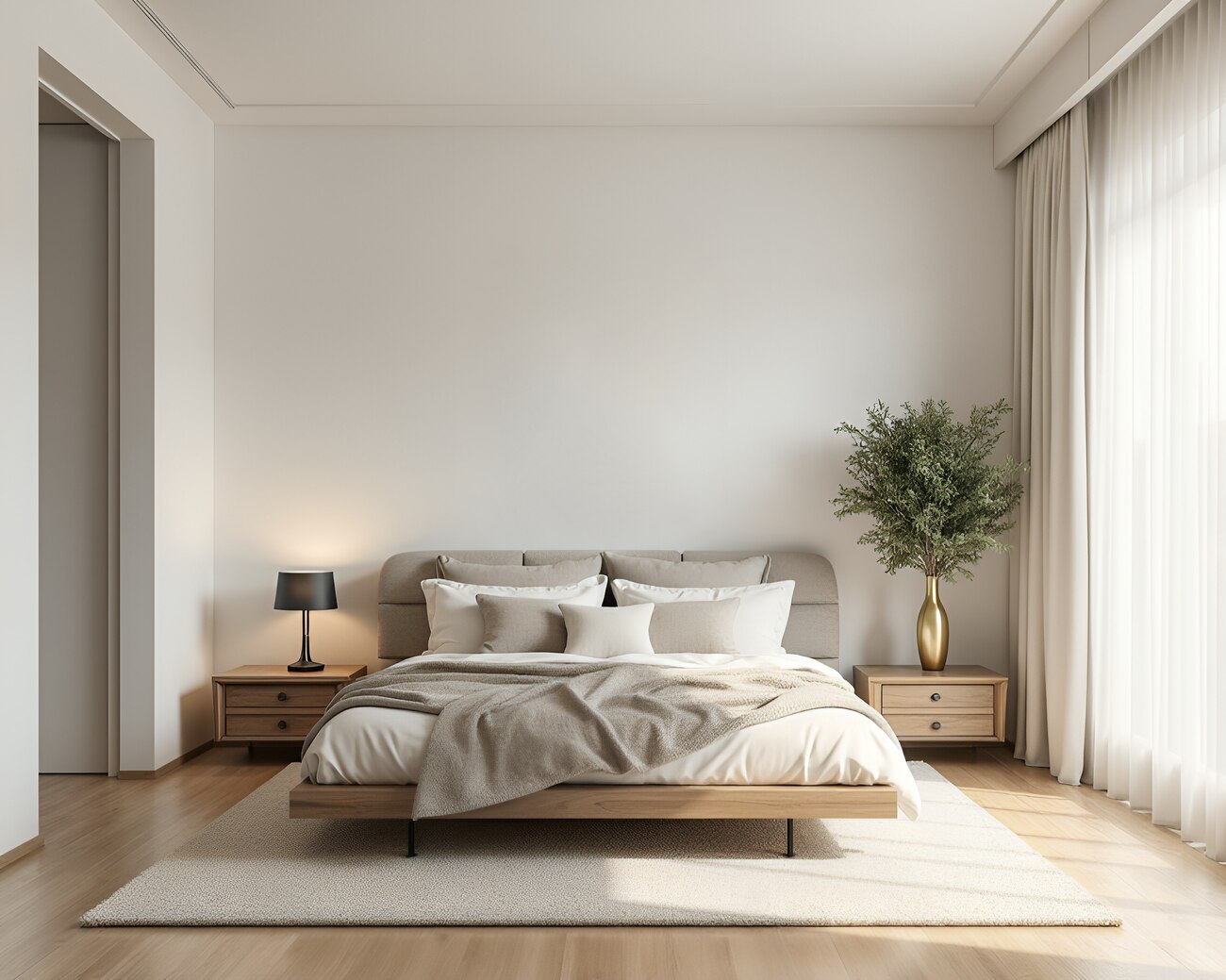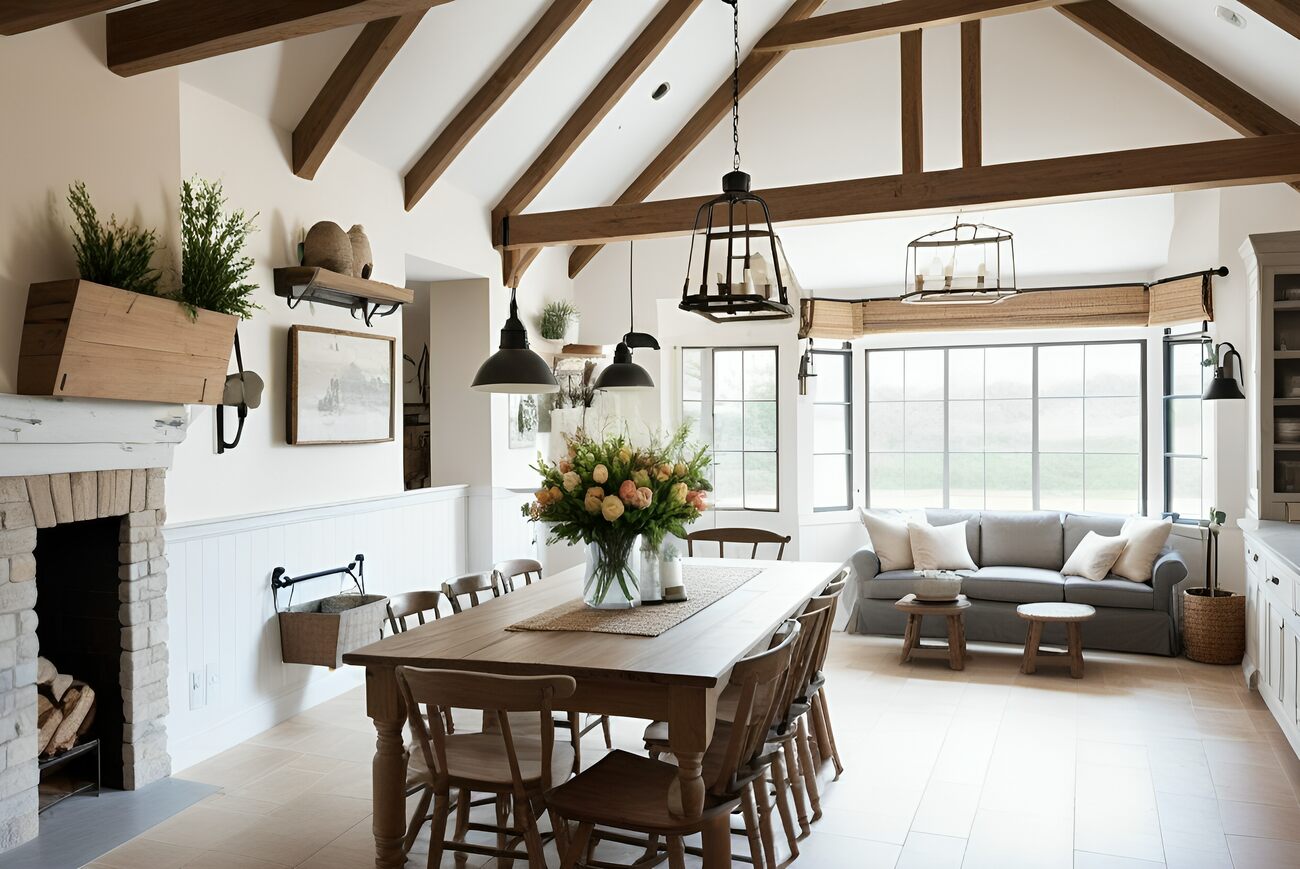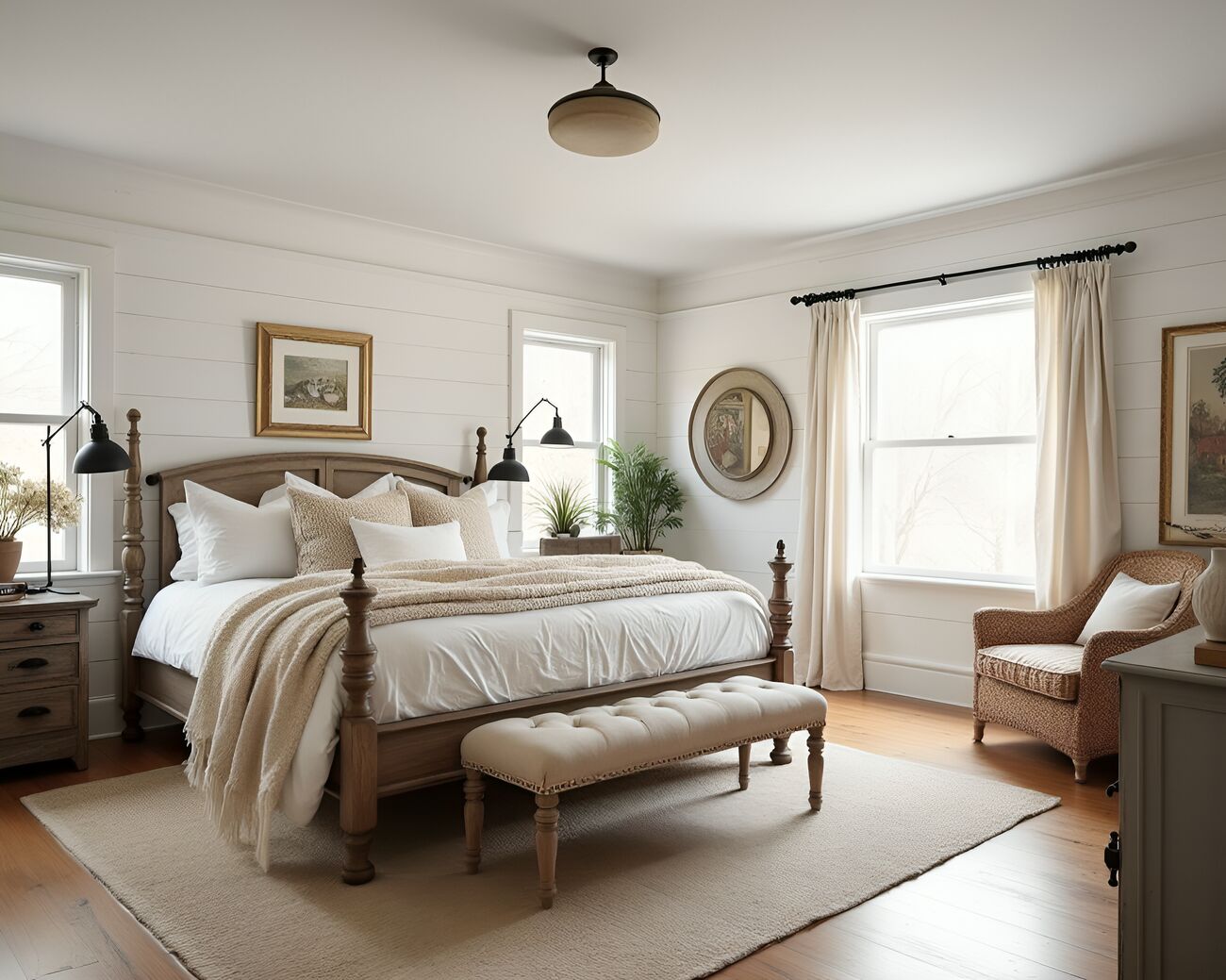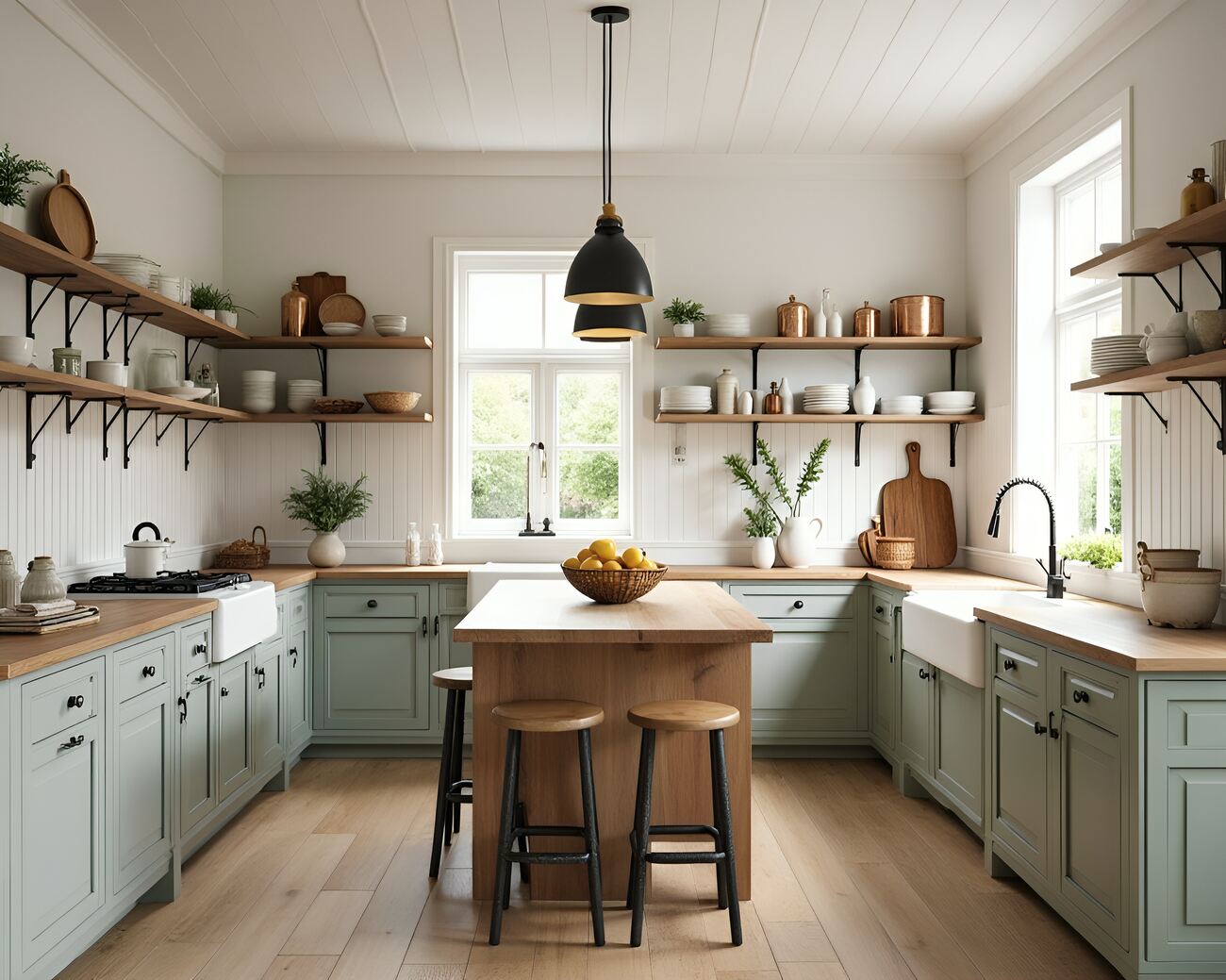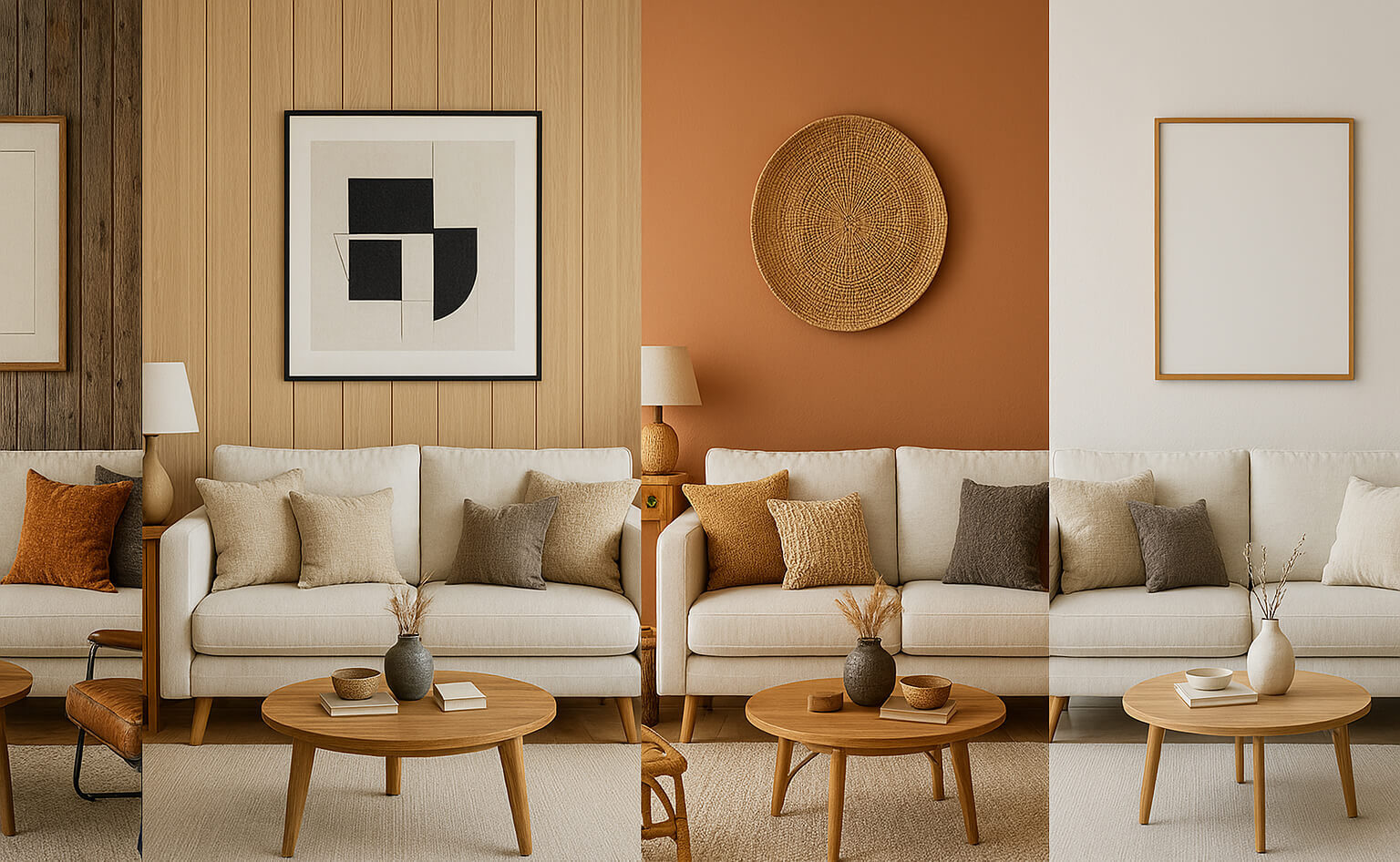
Your Ultimate Guide to 2025’s Most Popular Interior Design Styles
The world of interior design evolves much like the world of art, constantly influenced by cultural shifts, technological advancements, and a desire for personal expression within our living spaces. In 2025, several styles have gained significant popularity, each bringing unique elements that cater to different tastes, functions, and lifestyles. While styles come and go, some remain timeless. Let’s take a closer look at what the interior design world offers today, with each style creating distinct atmospheres and aesthetics within our homes.
Minimalist Interior Design
As the pace and diversity of today’s world increase, minimalism has become more popular. Fundamentally, minimalism is an invitation to embrace "less" as a reaction against the popular trend of accumulating "more." In interior design, it manifests as simplicity, functionality, and clean lines. Minimalist spaces often feature neutral color palettes, uncluttered layouts, and an emphasis on quality over quantity, evoking a sense of calm and spaciousness. It’s a prominent style, especially in urban environments, characterized by essential items and multi-functional furniture—perfect for modern, compact living spaces.
Scandinavian Interior Design
Much like minimalism, Scandinavian design is easily recognizable. Rooted in the Danish concept of "hygge"—a cozy, contented feeling—this style combines minimalism with comfort, emphasizing functionality and warmth. Key elements include neutral colors, natural textures, and simple, functional furniture, with close attention to detail and craftsmanship. Open spaces and energy flow are central to this style, creating a warm environment even in cold Scandinavian winters.

